Healthy, comfortable office bathrooms boost morale, reinforce brand values, and even save money, yet they’re still among the most under-loved spaces in a workplace. The 25 ideas that follow translate today’s best research and building-standards guidance into practical upgrades you can phase in at any budget. From inclusive layouts and WELL-certified touches to clever technology that cleans greener and faster, each tip shows how a thoughtfully designed office bathroom can protect health, cut operating costs, and reflect a culture of care.
1. Gender-Neutral Single-Stall Office Bathroom for Inclusive Privacy
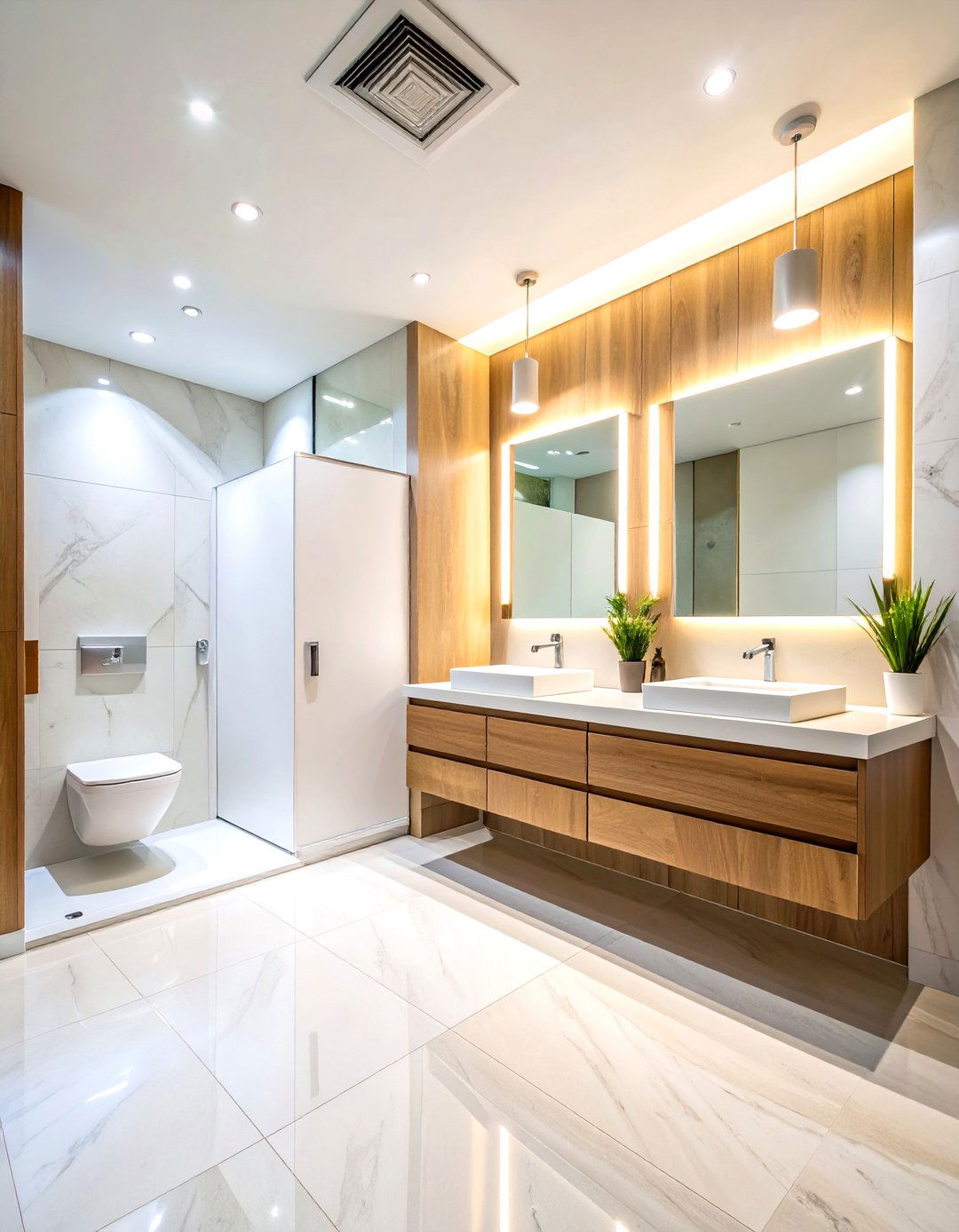
A growing body of facilities research shows workers feel safer and more respected when at least one gender-neutral, single-stall office bathroom is available. FacilitiesNet reports that privacy-first layouts and clear “single-user” signage help everyone — including LGBTQ+ staff and people with disabilities — avoid stigma or long lines while satisfying code requirements.
2. Touchless Fixtures Keep Germs at Bay

Sensor-activated faucets, soap dispensers, and flush valves strip away high-touch surfaces, cutting transmission routes for microbes. BathSelect’s 2025 trends roundup notes that motion-activated fixtures are now “standard” for commercial washrooms and pair well with low-flow aerators for added water savings. Automatic-faucet studies confirm hands-free valves can reduce water use by up to 70 percent.
3. WaterSense-Labeled Toilets Slash Utility Bills
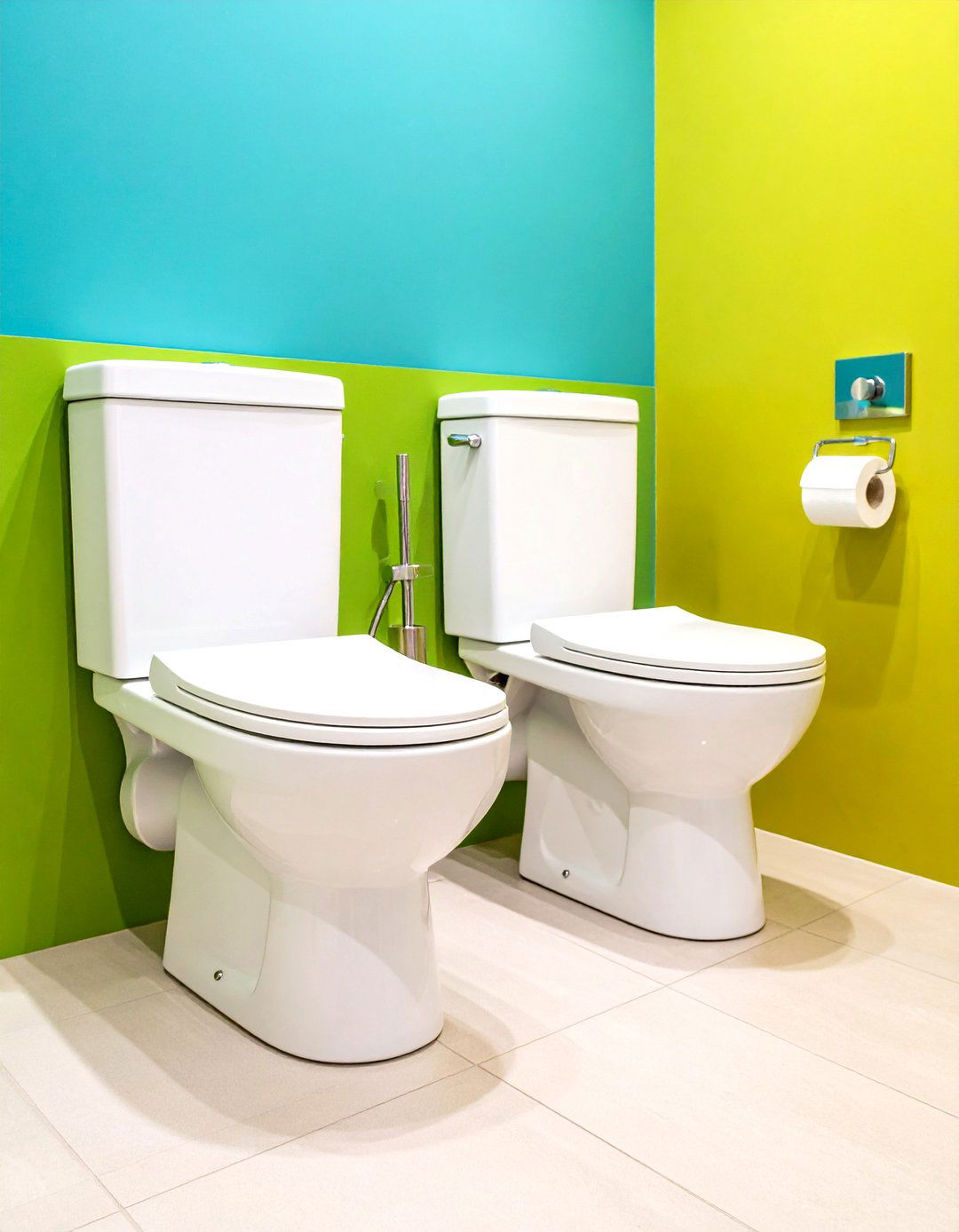
Swapping older 3 gpf toilets for EPA WaterSense models (1. 28 gpf or less) can save a 10-story office about 1. 2 million gallons of water — and roughly $10 000 — every year. The label guarantees performance, so employees won’t complain about weak flushes while you pocket the savings.
4. Occupancy-Sensor LED Lighting

Restrooms often sit empty, yet lights burn 24/7. FEMP data shows occupancy sensors can trim lighting energy 10-90 percent, depending on traffic. Pair sensors with long-life LEDs to shrink maintenance calls and eliminate germy wall switches.
5. Biophilic Touches for Well-Being
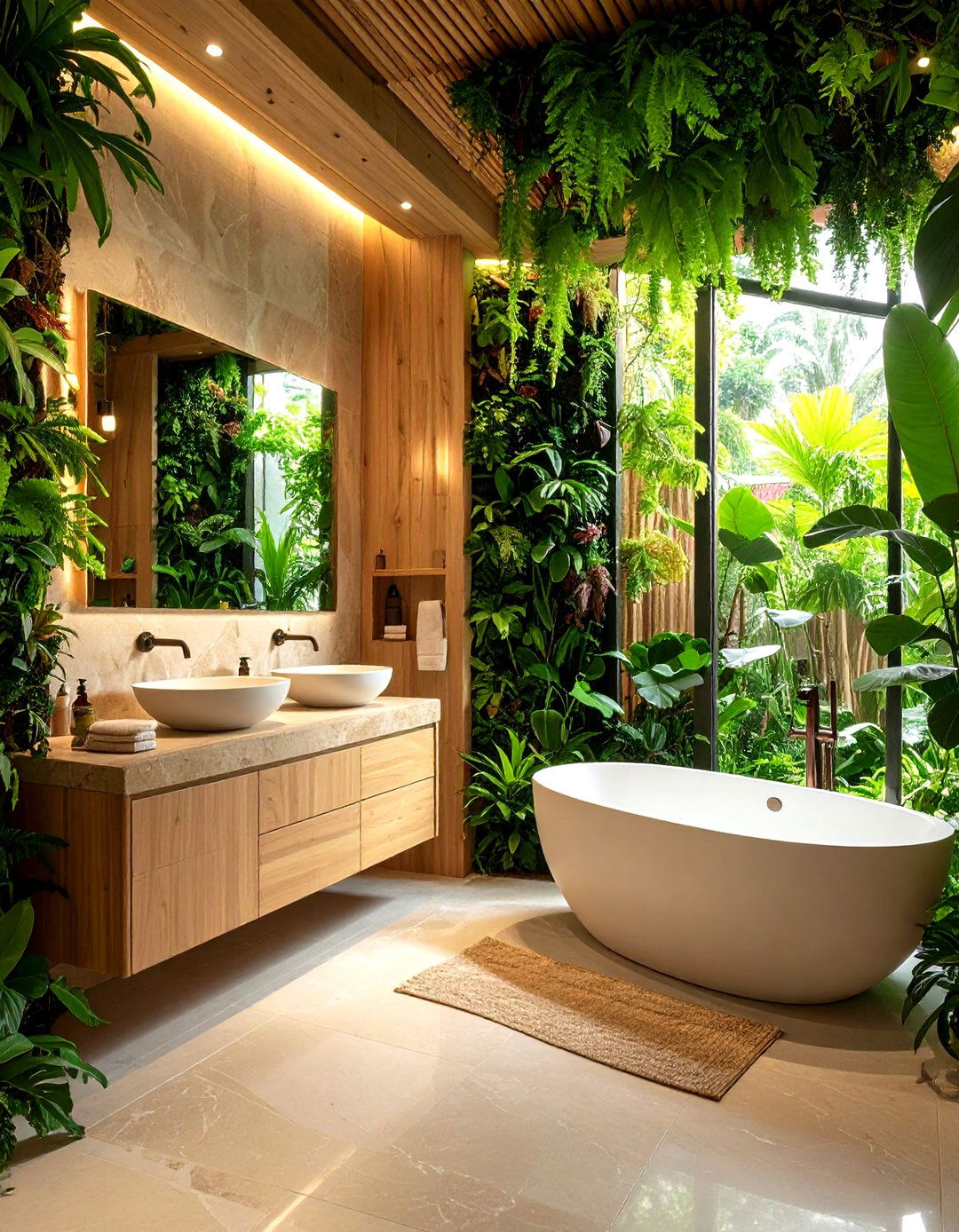
Bringing nature into an office bathroom — living plant walls, stone counters, bamboo partitions — reduces stress and bumps productivity by 6 percent, according to the Human Spaces biophilia study. Plants also filter VOCs and soften hard finishes, turning a utilitarian space into a micro-retreat.
6. Low-VOC Paint and Sealants
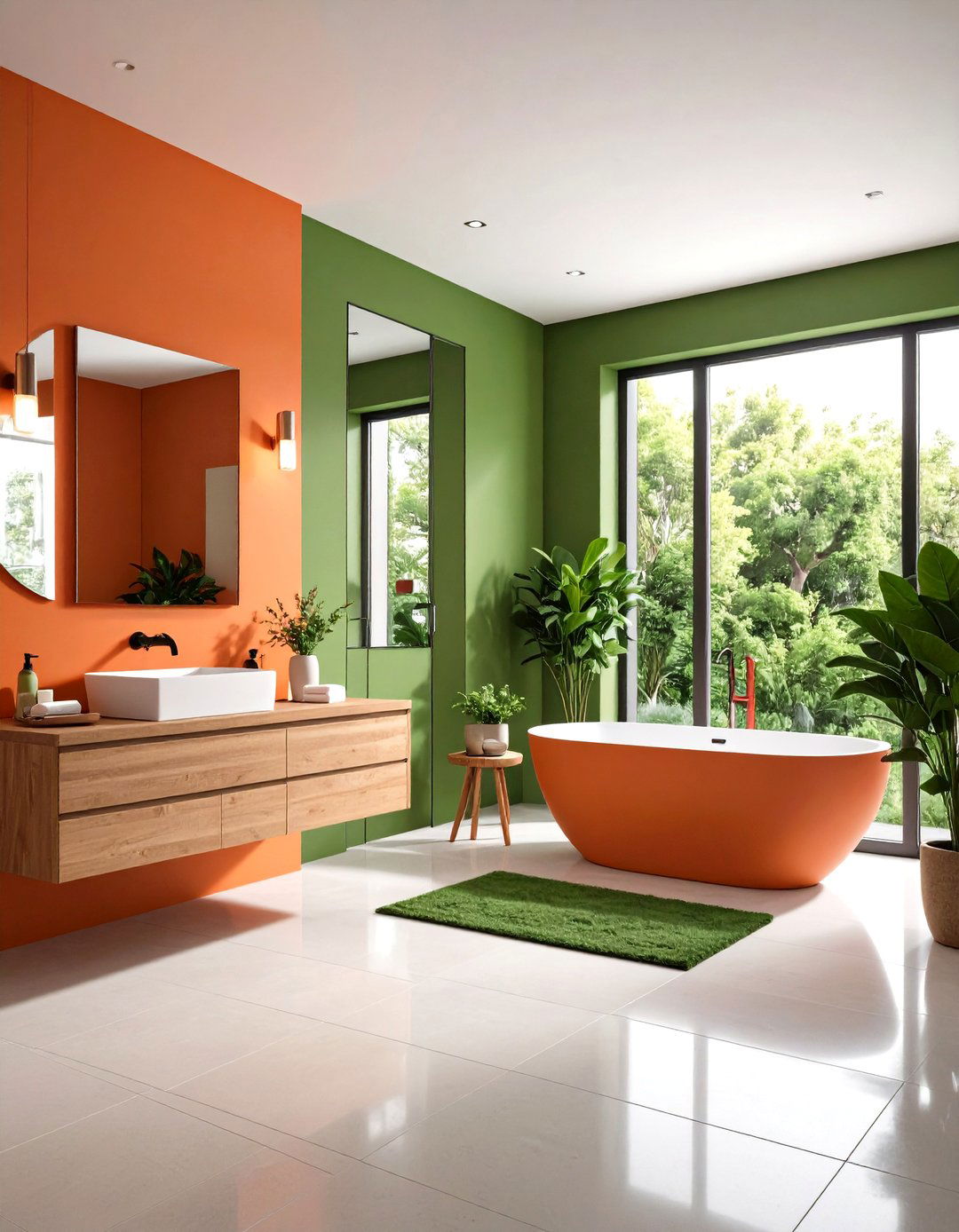
Re-coating walls with certified low-VOC paint keeps indoor air cleaner and virtually odor-free, benefiting asthma sufferers and anyone sensitive to chemicals. Healthier Homes highlights that these coatings cut airborne toxins while often lasting longer than traditional formulas. Ventilate for 24 hours and you’re done.
7. Antimicrobial Partitions and Hardware
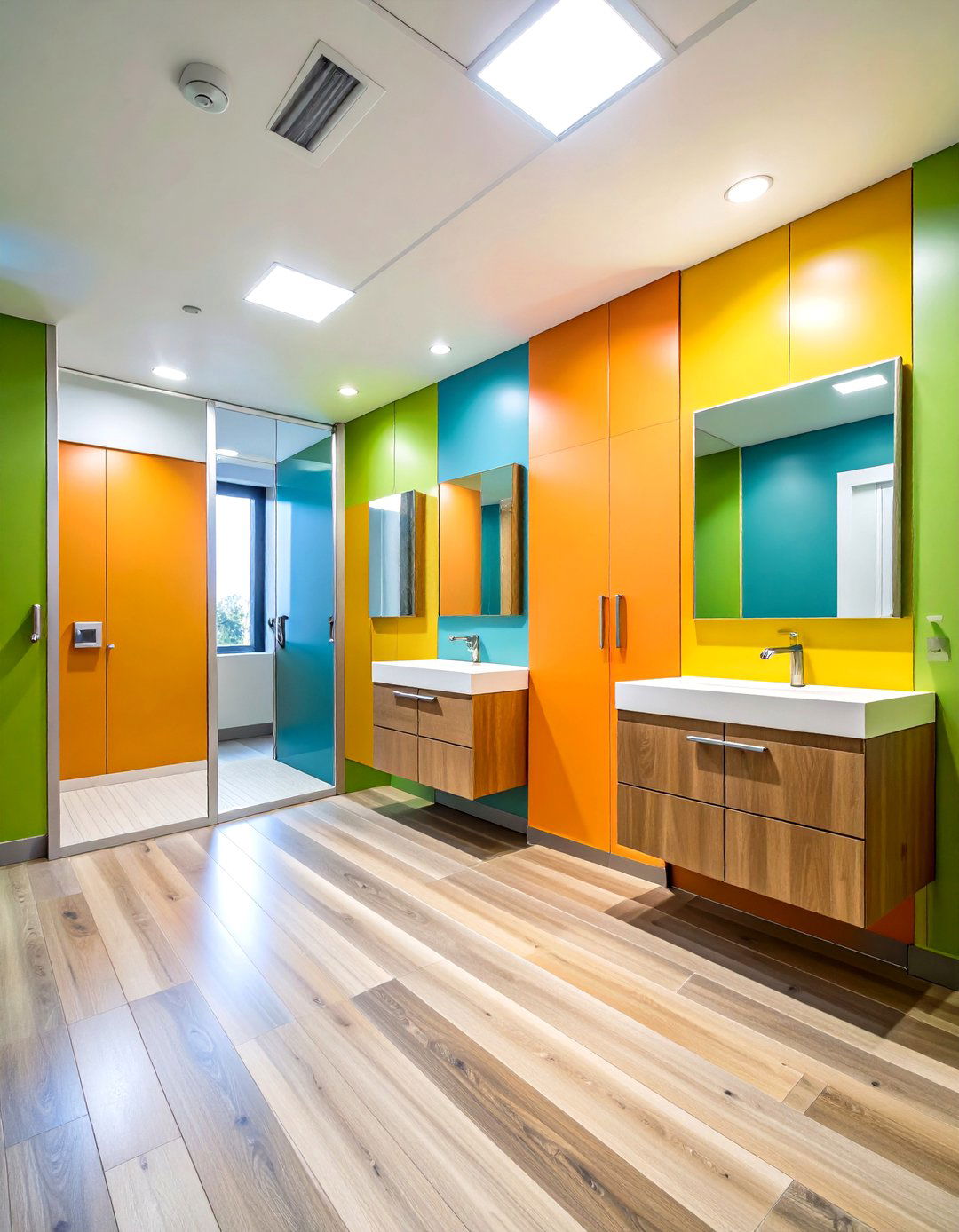
High-pressure laminate or powder-coated metal partitions infused with silver-ion additives continuously inhibit bacteria, mold, and mildew. Ironwood’s 2025 write-up calls silver “the gold standard” for restroom panels in high-traffic workplaces.
8. Meet ASHRAE 62.1 Exhaust Rates
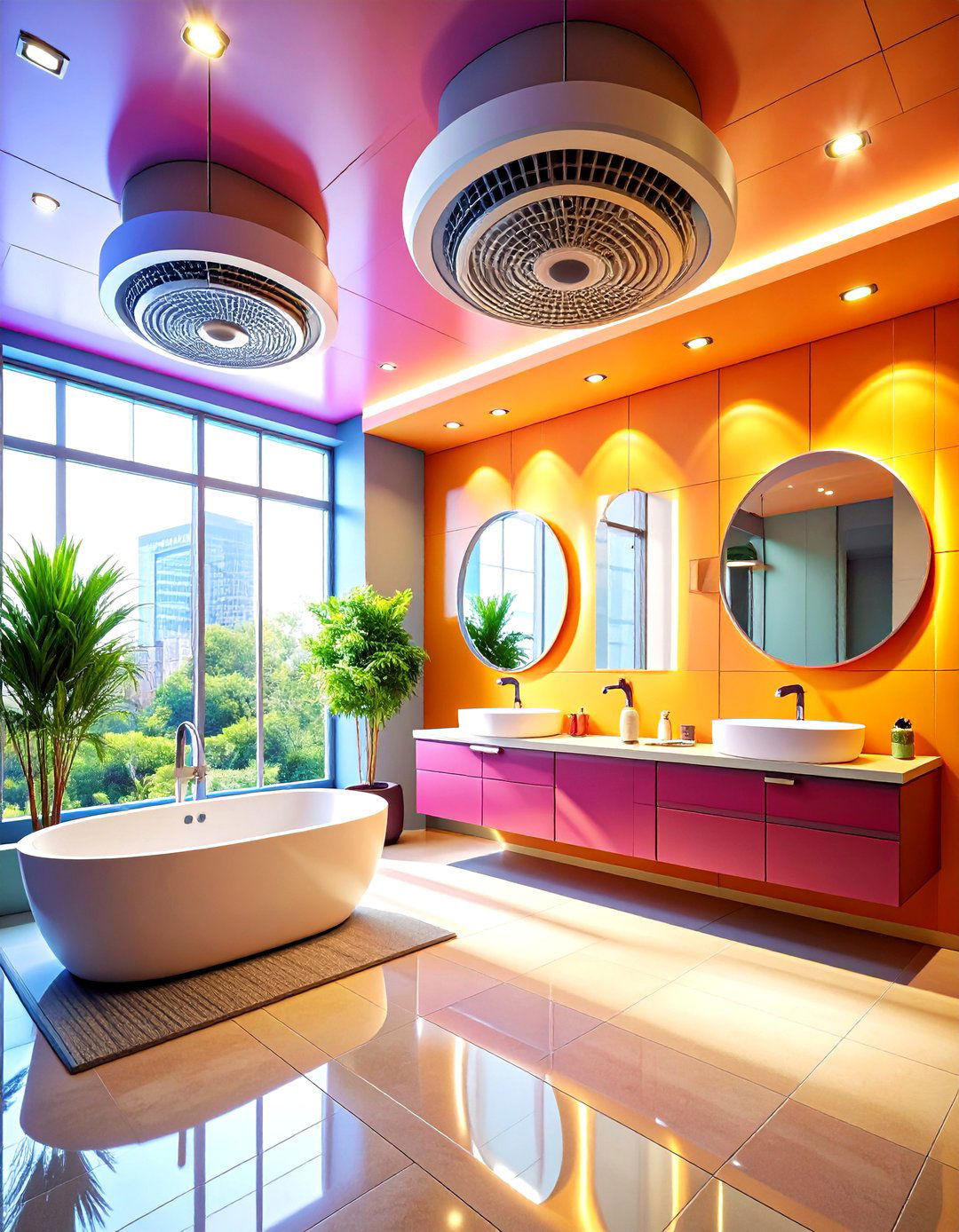
Odor and moisture control start with airflow. ASHRAE Table 6-4 mandates 50 – 70 cfm of exhaust per fixture in public toilets; providing the higher rate during peak times keeps humidity and VOCs in check. Verify fan performance annually.
9. Design for ADA Maneuverability
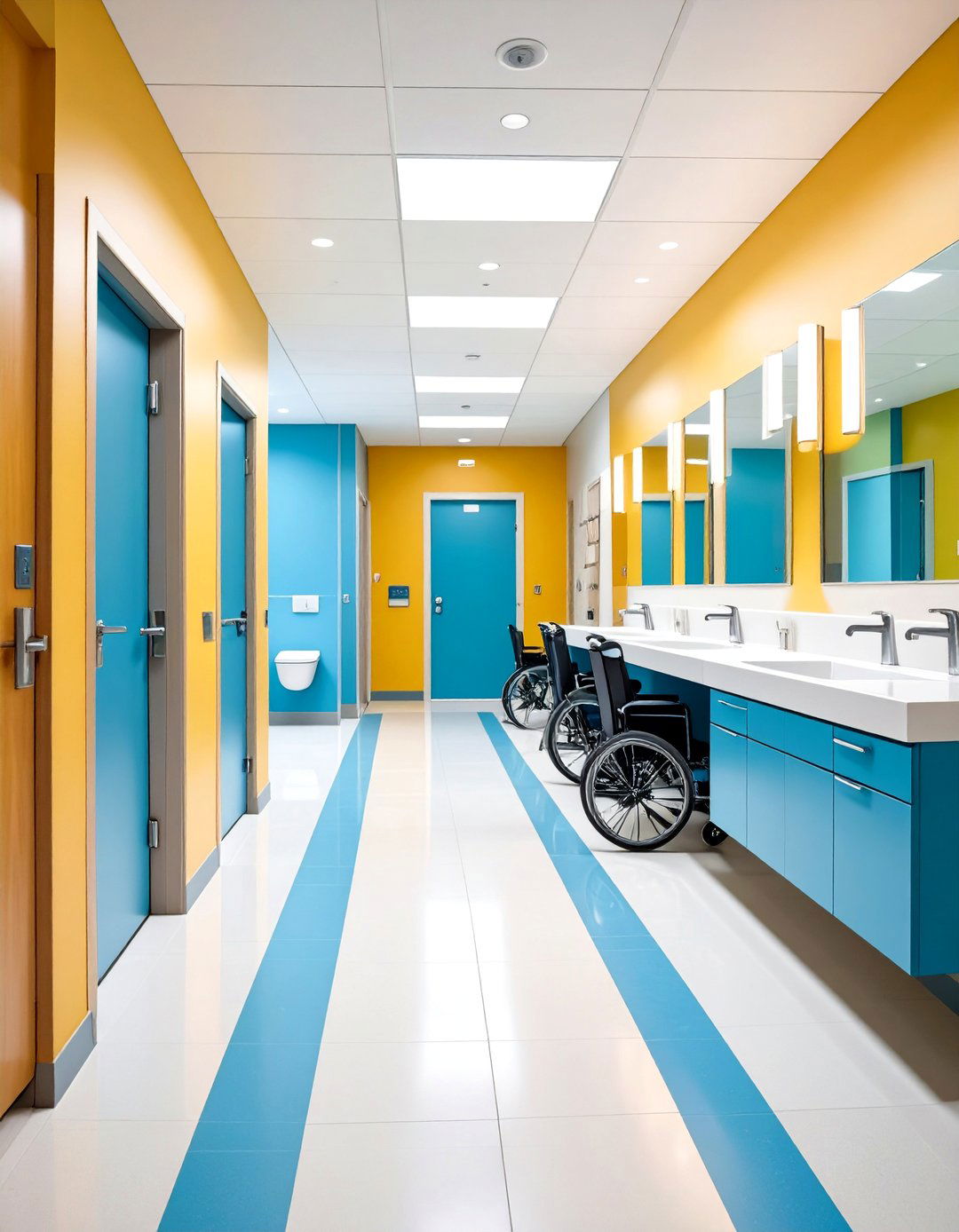
The 2010 ADA Standards require at least 60-inch turning circles and 36-inch approaches so wheelchair users can navigate safely. Locating grab bars and fixtures within reach ensures every employee can use the office bathroom with dignity.
10. WELL-Certified Amenities
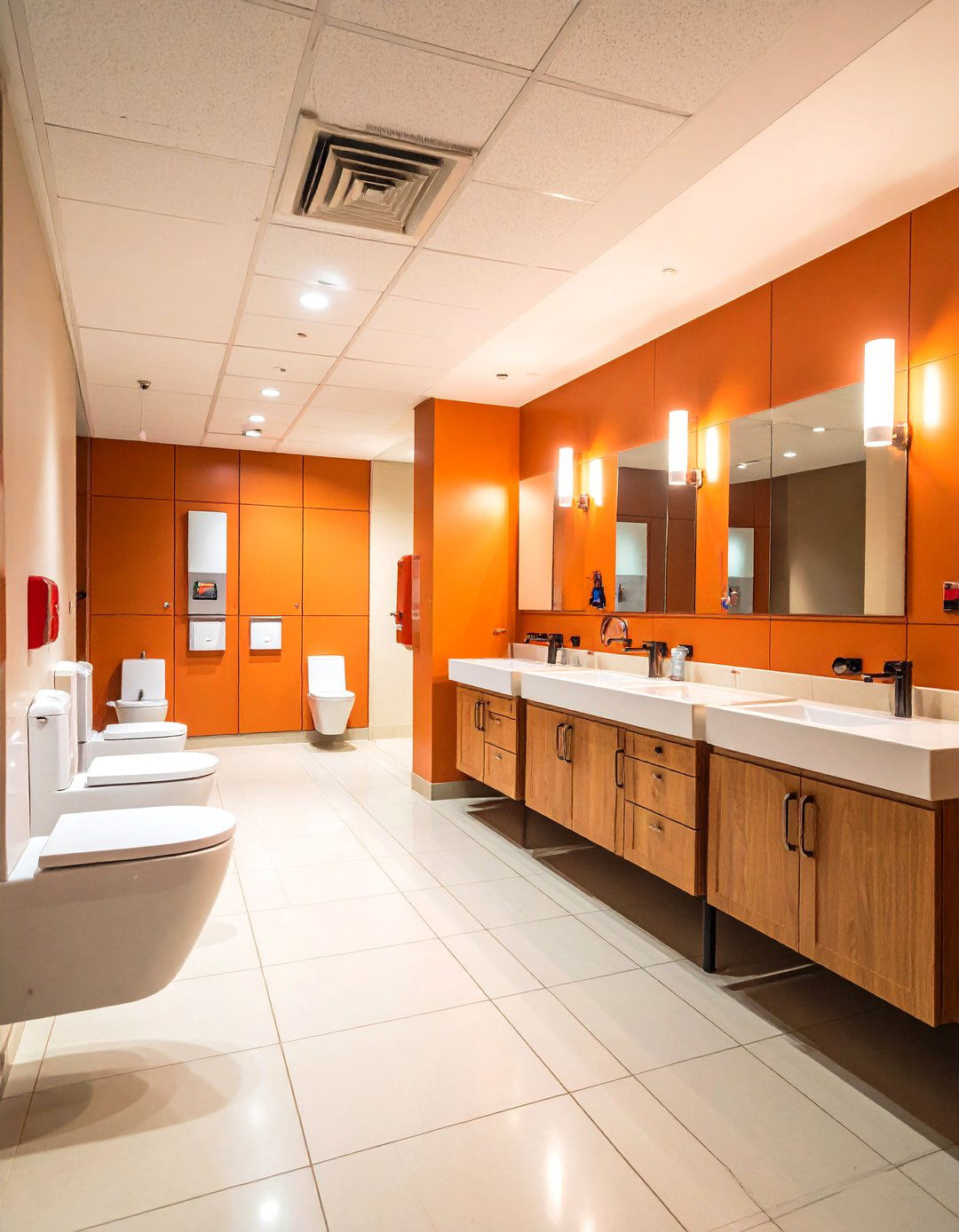
WELL v2 washroom criteria call for free menstrual products, infant-change tables, robe hooks, and syringe-drop boxes, improving equity and hygiene. Meeting these features earns certification points and sends a powerful wellness message.
11. Sound-Masking Systems for Acoustic Comfort
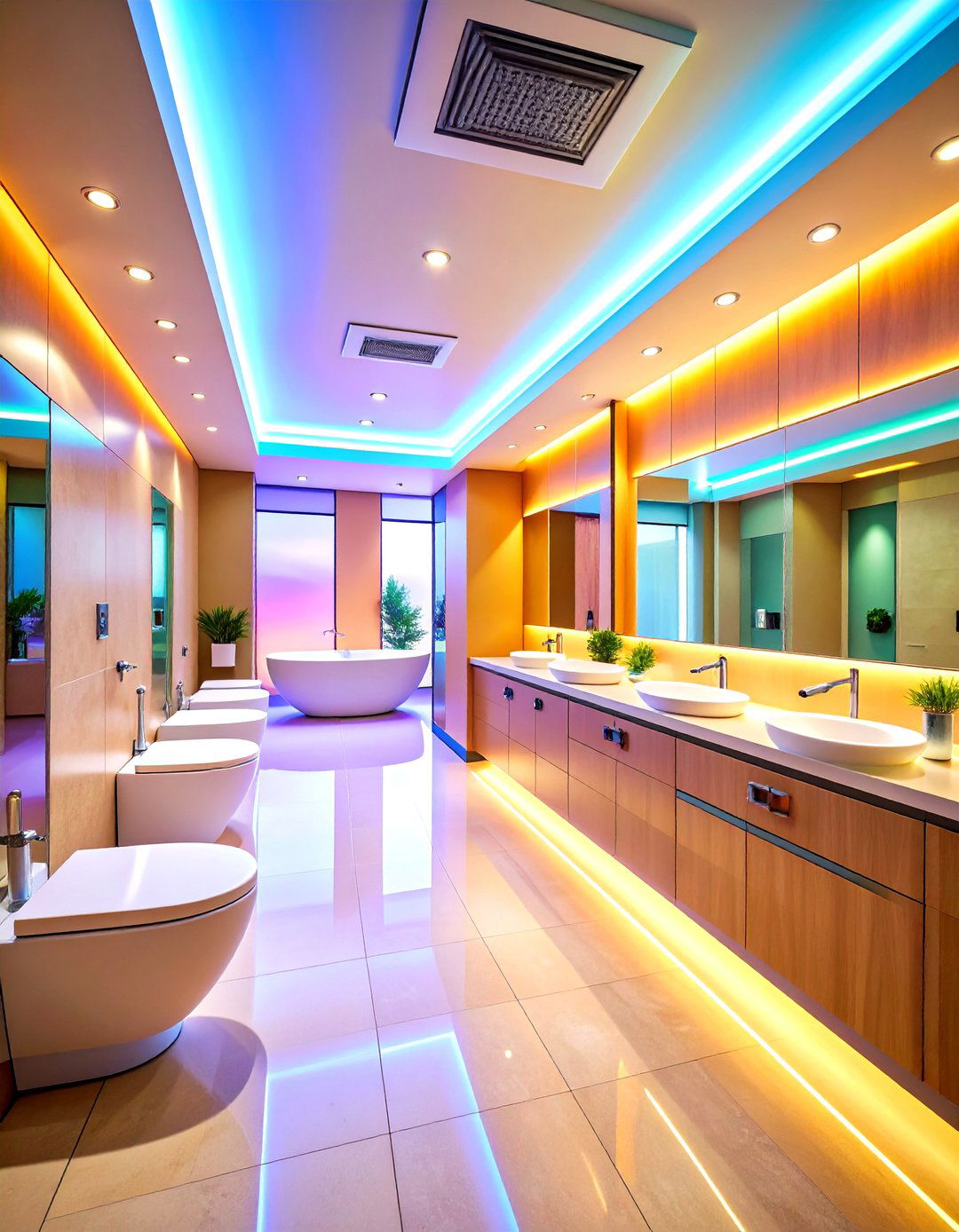
Soft dB notes that low-level white noise outside stalls can raise privacy while trimming construction costs for thicker walls. Integrate speakers into the ceiling grid so conversations (and flushes) stay discreet.
12. Dedicated Odor-Neutralizing Units
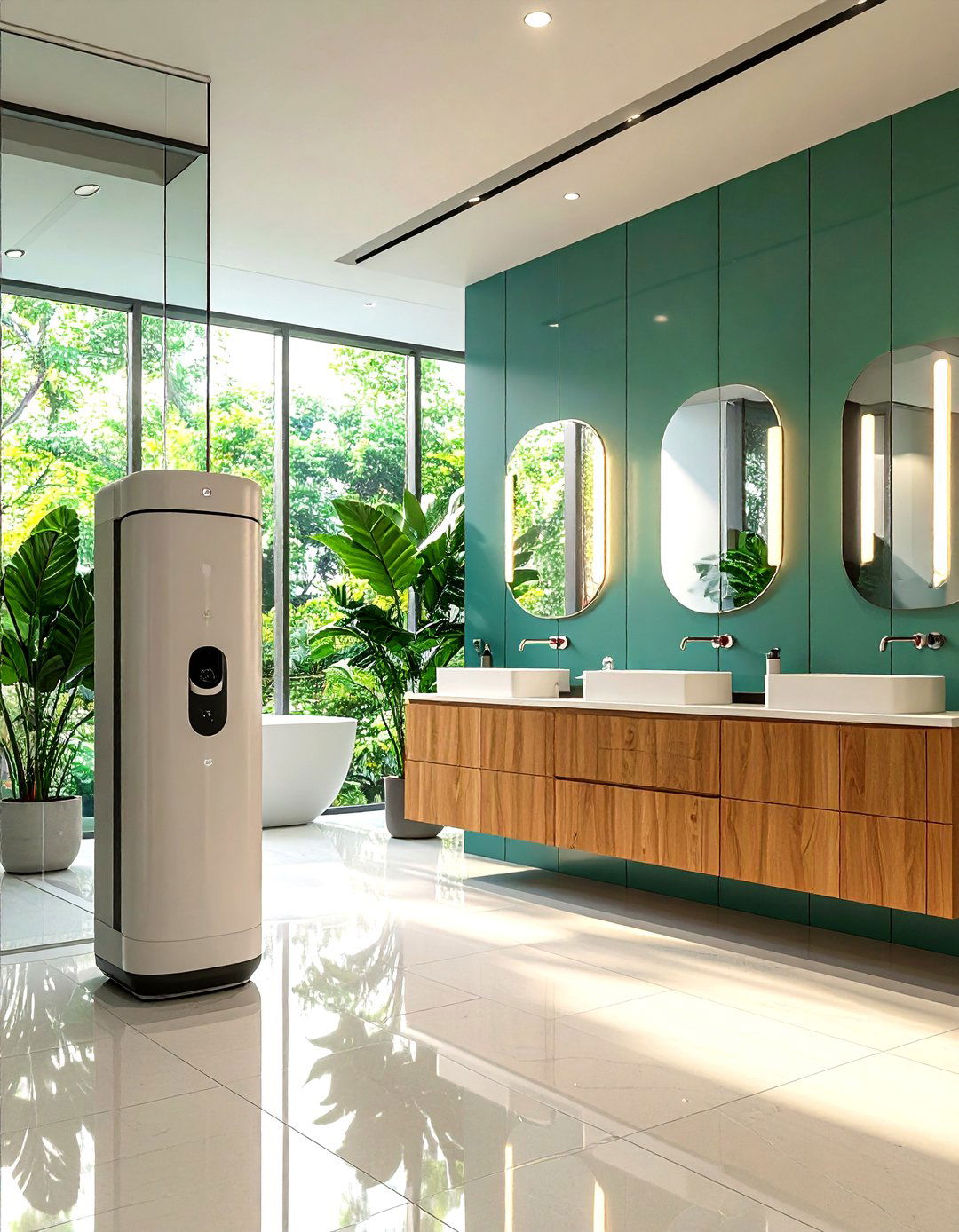
Commercial air-care systems using Metazene® neutralizers provide 30-day “set-and-forget” odor control, a top consumer priority, according to AirScent. Place units near entrances for a consistently fresh impression.
13. Harvest Daylight with Frosted Panels
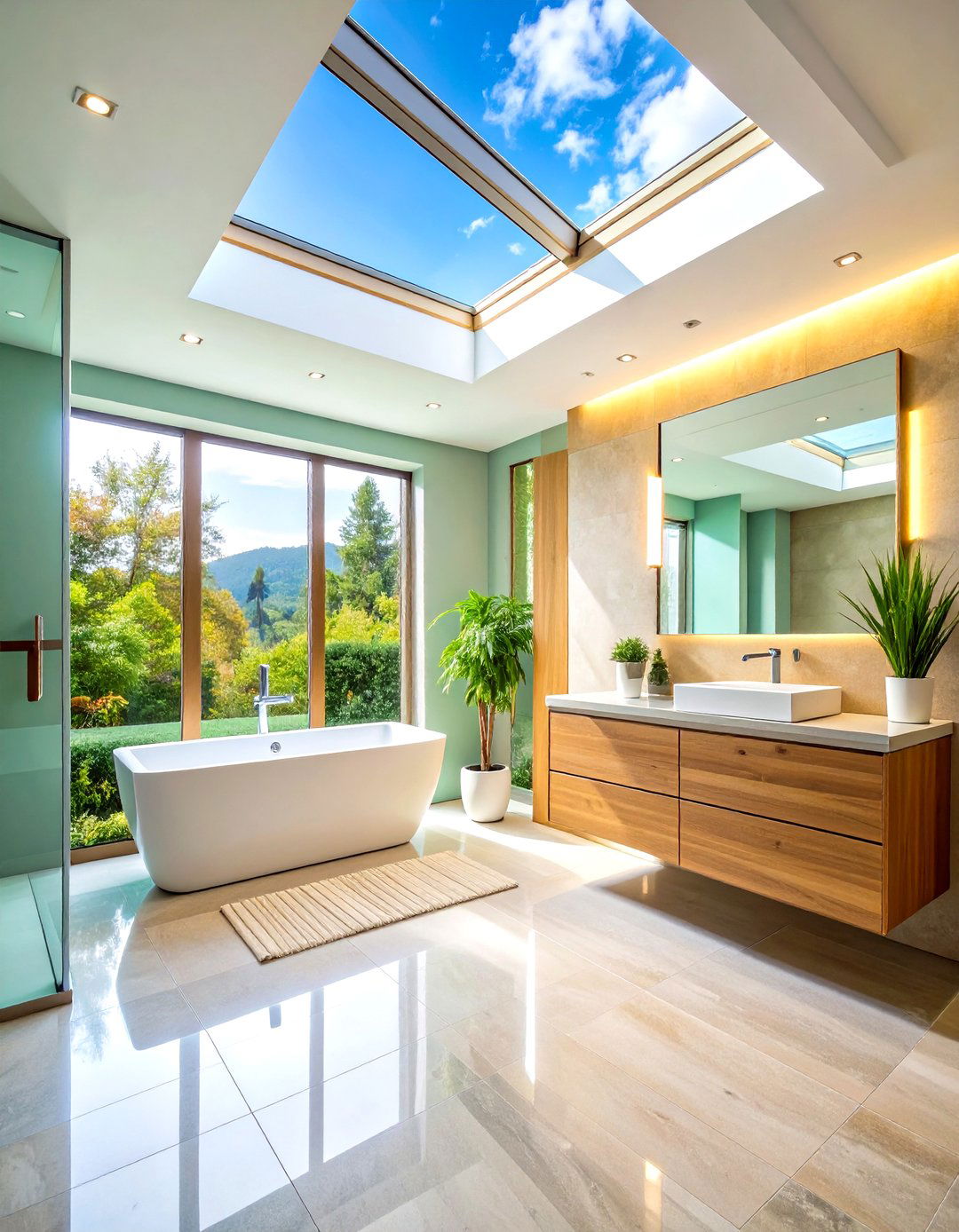
Cornell research shows optimizing daylight cuts headaches by 63 percent and drowsiness by 56 percent in office workers. Borrow light via clerestory windows or frosted glass blocks; privacy glass films keep interiors discreet.
14. Greywater Recycling for Flush Supply
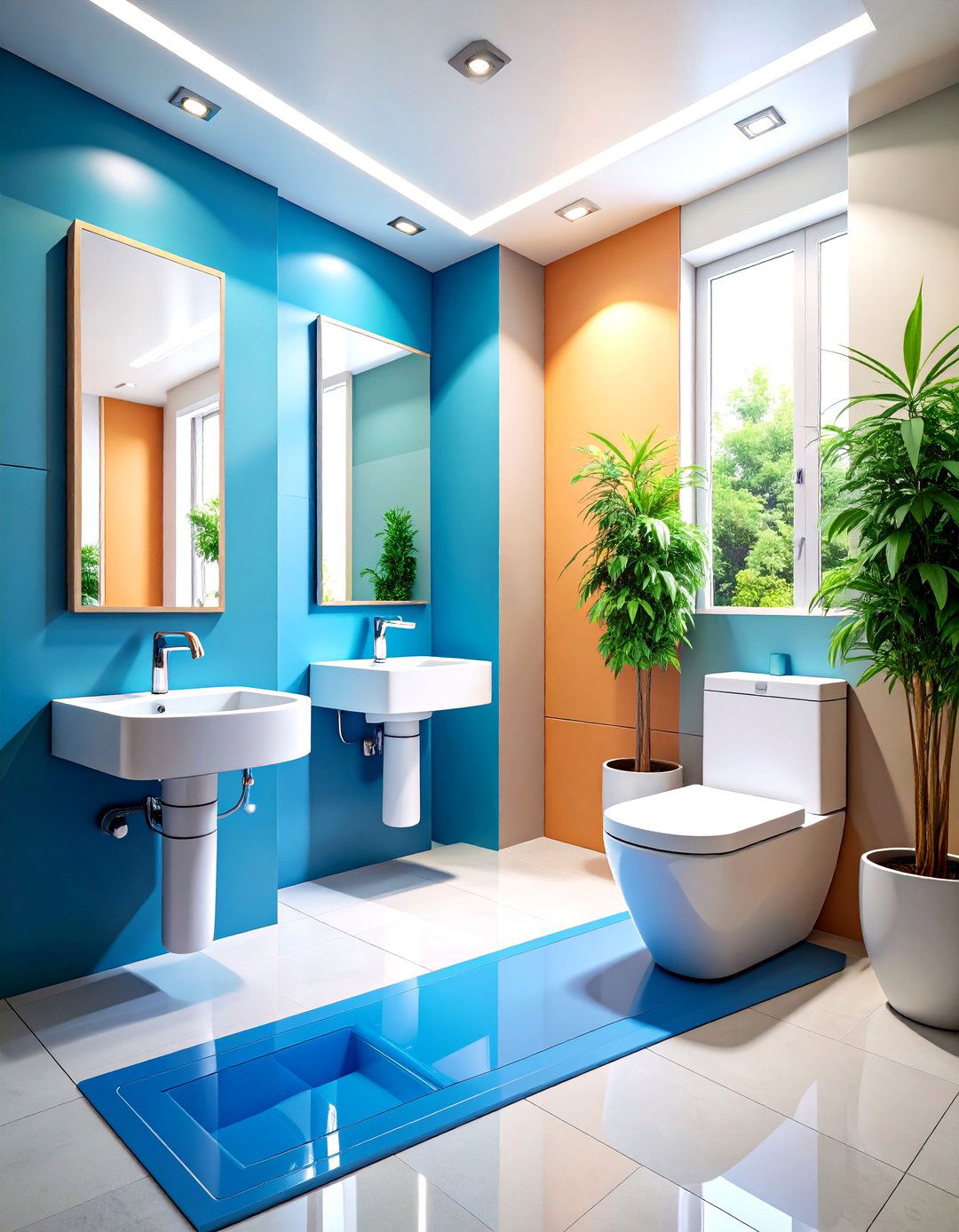
Sensor-controlled greywater loops, like the WASD prototype, divert sink water to toilet tanks, offering a low-cost path to net-positive water use. Pair with WaterSense bowls for maximum conservation.
15. HEPA-Filtered Hand Dryers
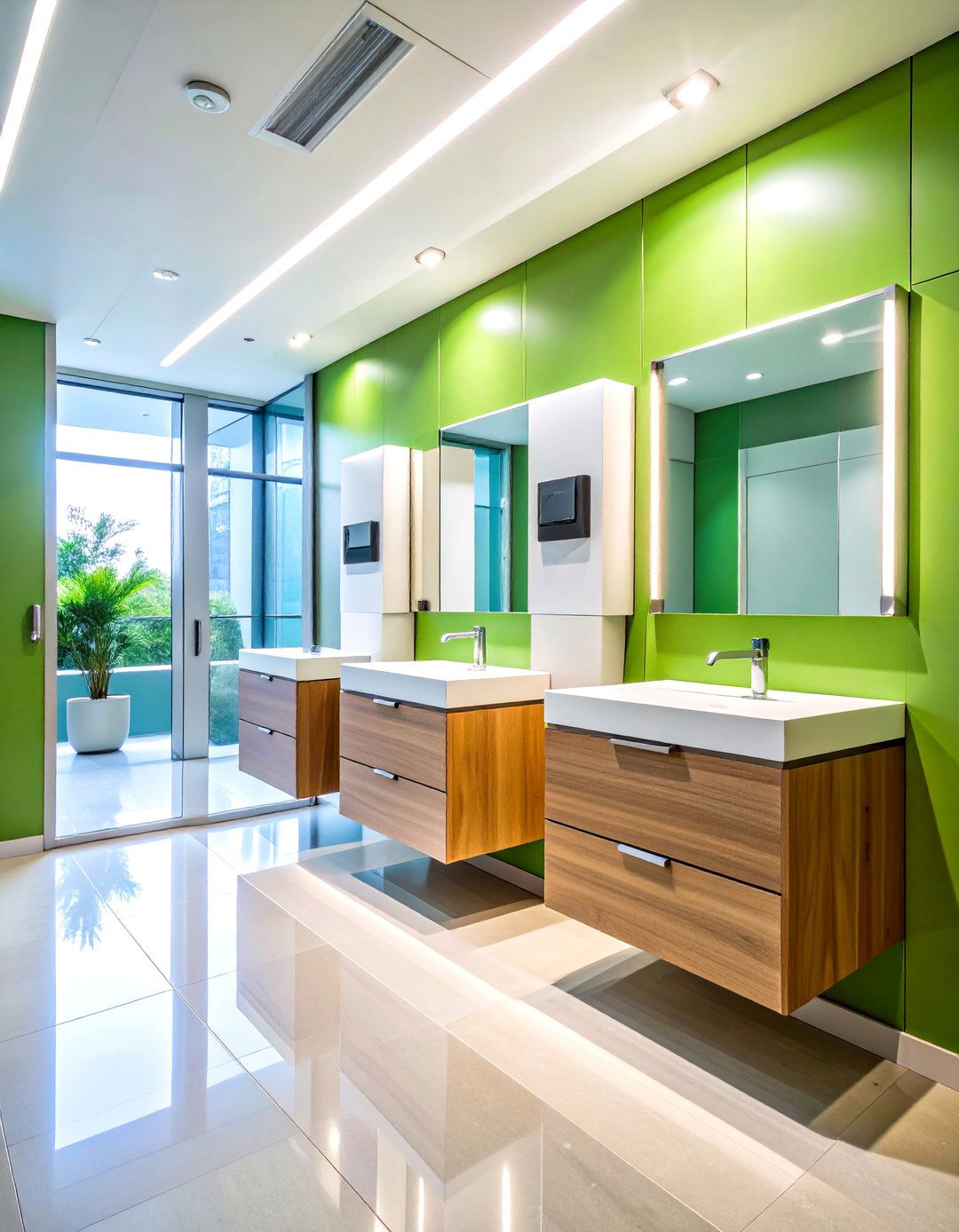
HEPA-equipped dryers trap 99. 9 percent of viruses and bacteria, says Dolphin Solutions, while cutting paper-towel waste. Choose units with adjustable speed to balance noise and energy use.
16. Smart Occupancy Indicators
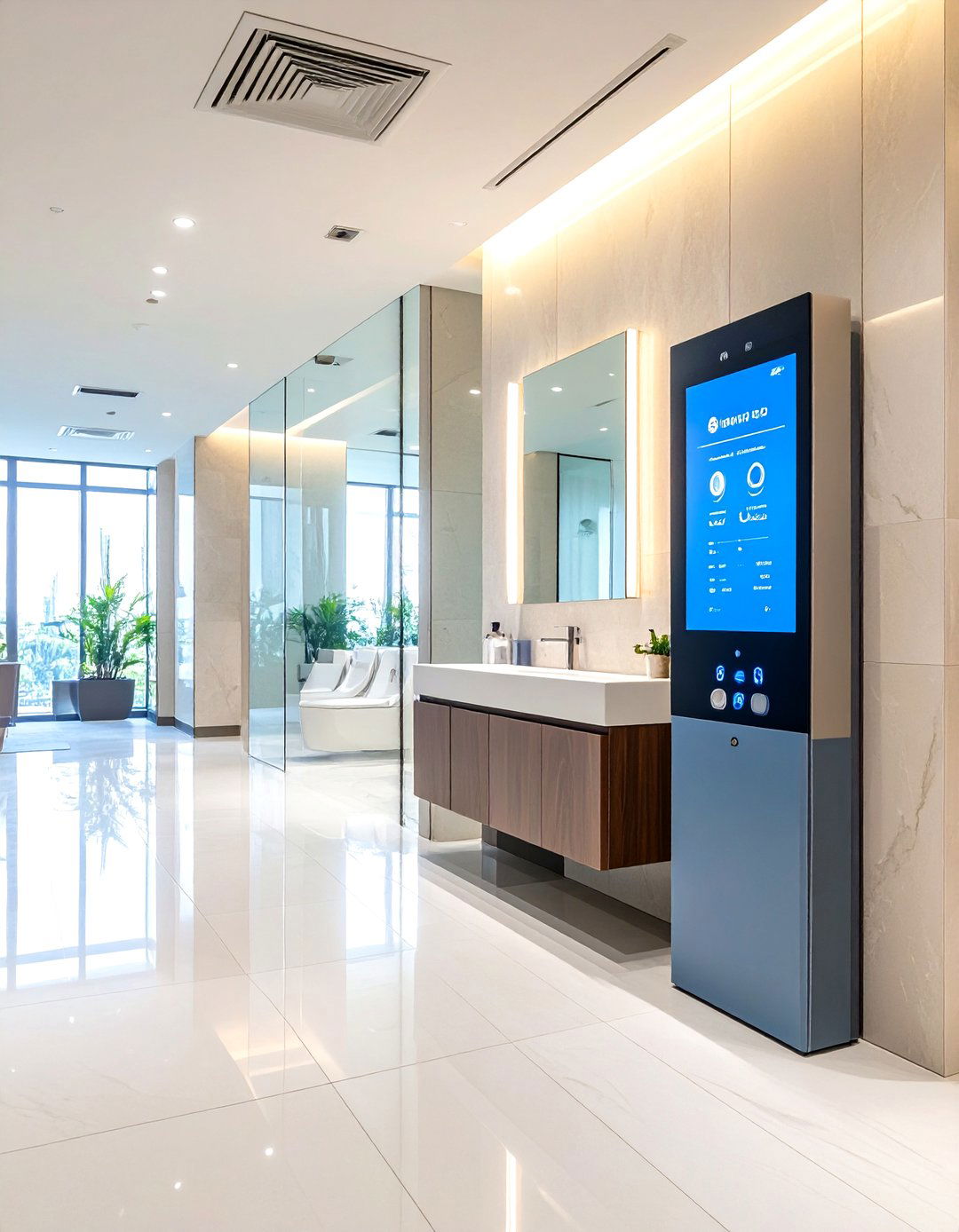
Small IoT sensors can update wall displays or app dashboards to show real-time stall availability, reducing queuing frustration and facilitating cleaning rotations. The same data helps FM teams optimize space without intrusive cameras.
17. Fog-Free LED Mirror Panels
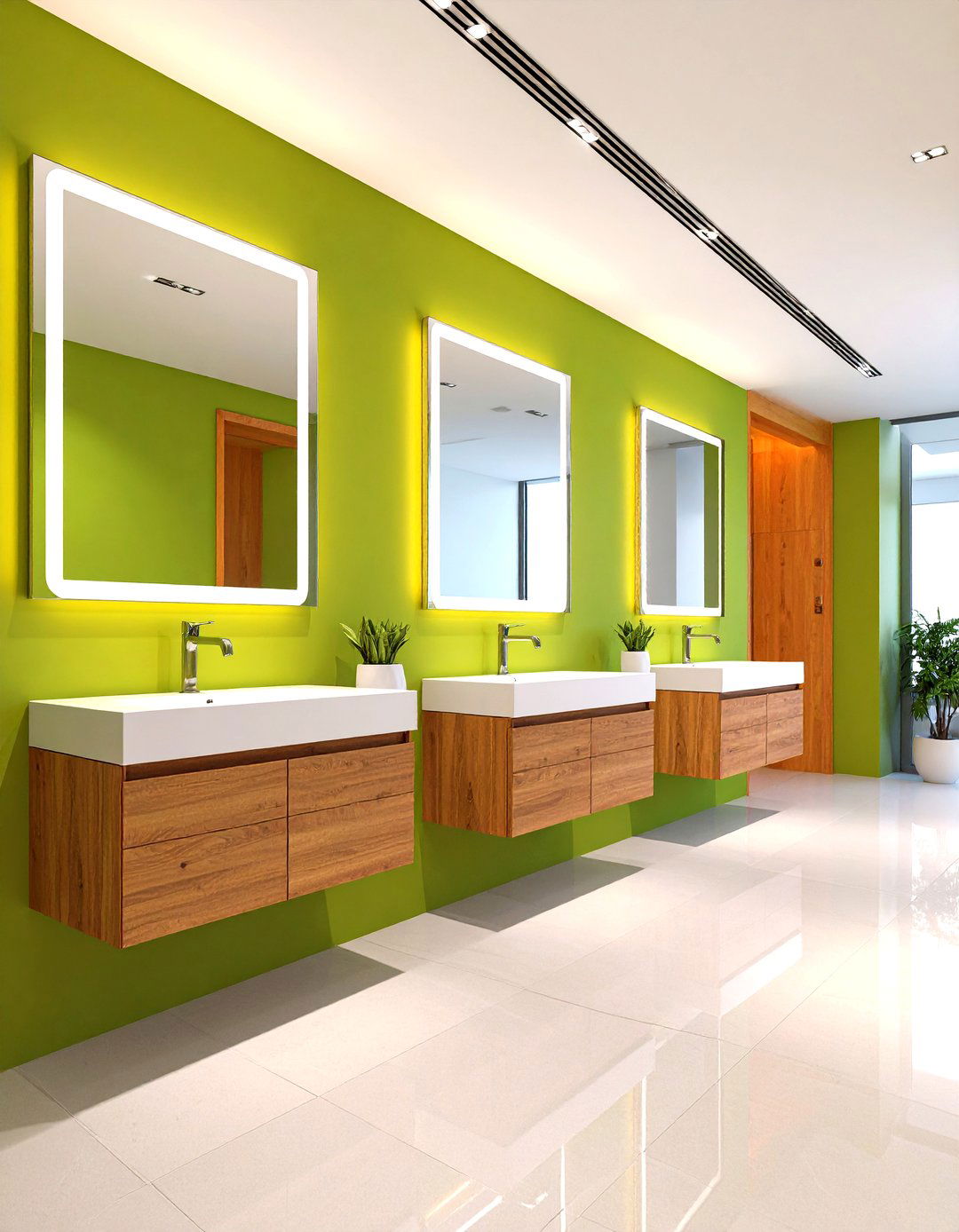
Built-in demisters and perimeter LEDs give users shadow-free lighting for grooming while consuming a fraction of incandescent energy. Occupancy-sensor tie-ins stop wasted watts when the office bathroom sits idle.
18. Vanity Lounge Nooks
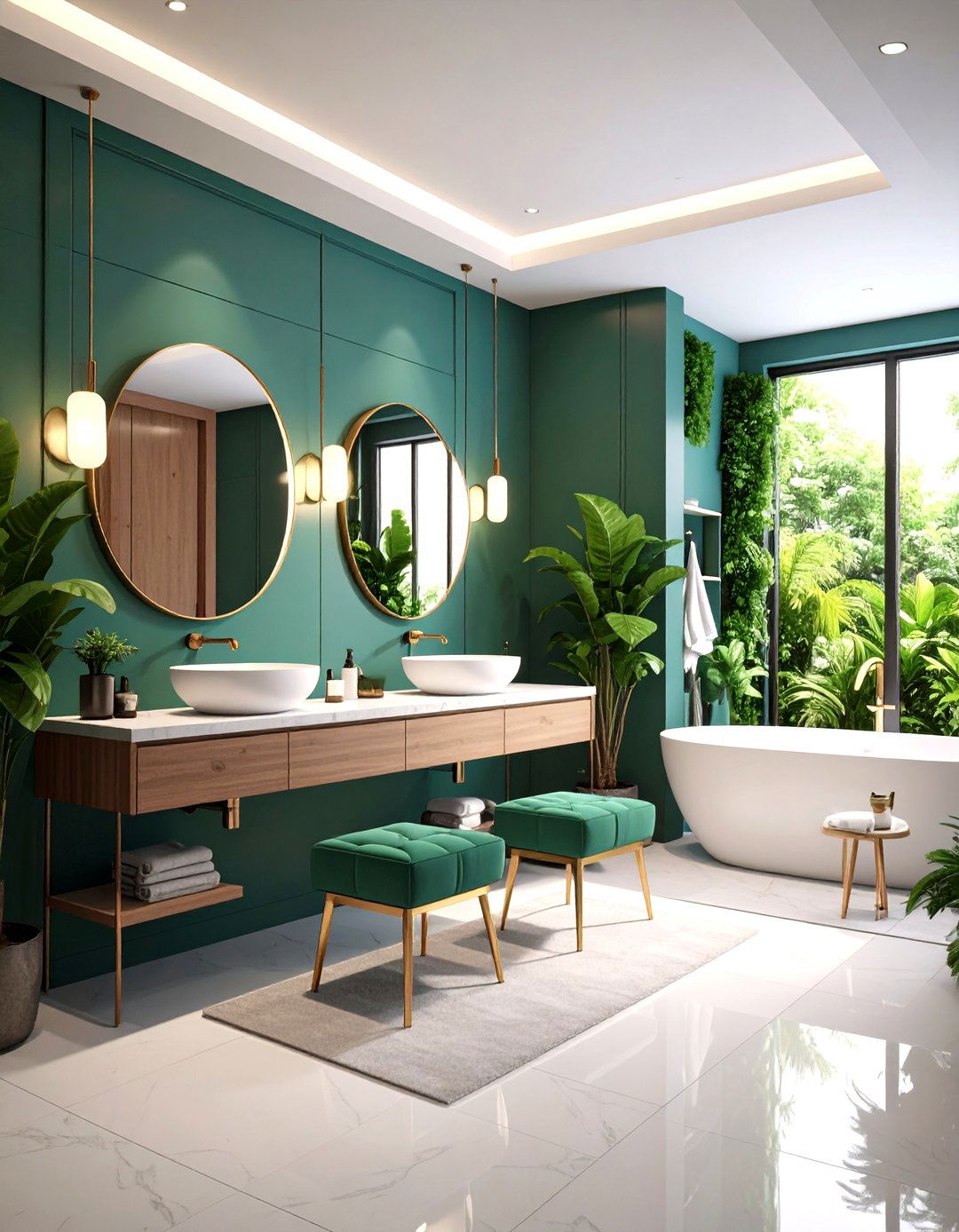
Adding a well-lit countertop and seating just outside stalls lets people adjust clothing or make a quick call without blocking sinks — a comfort cue noted in employee-experience surveys.
19. Foot-Pull Door Hardware
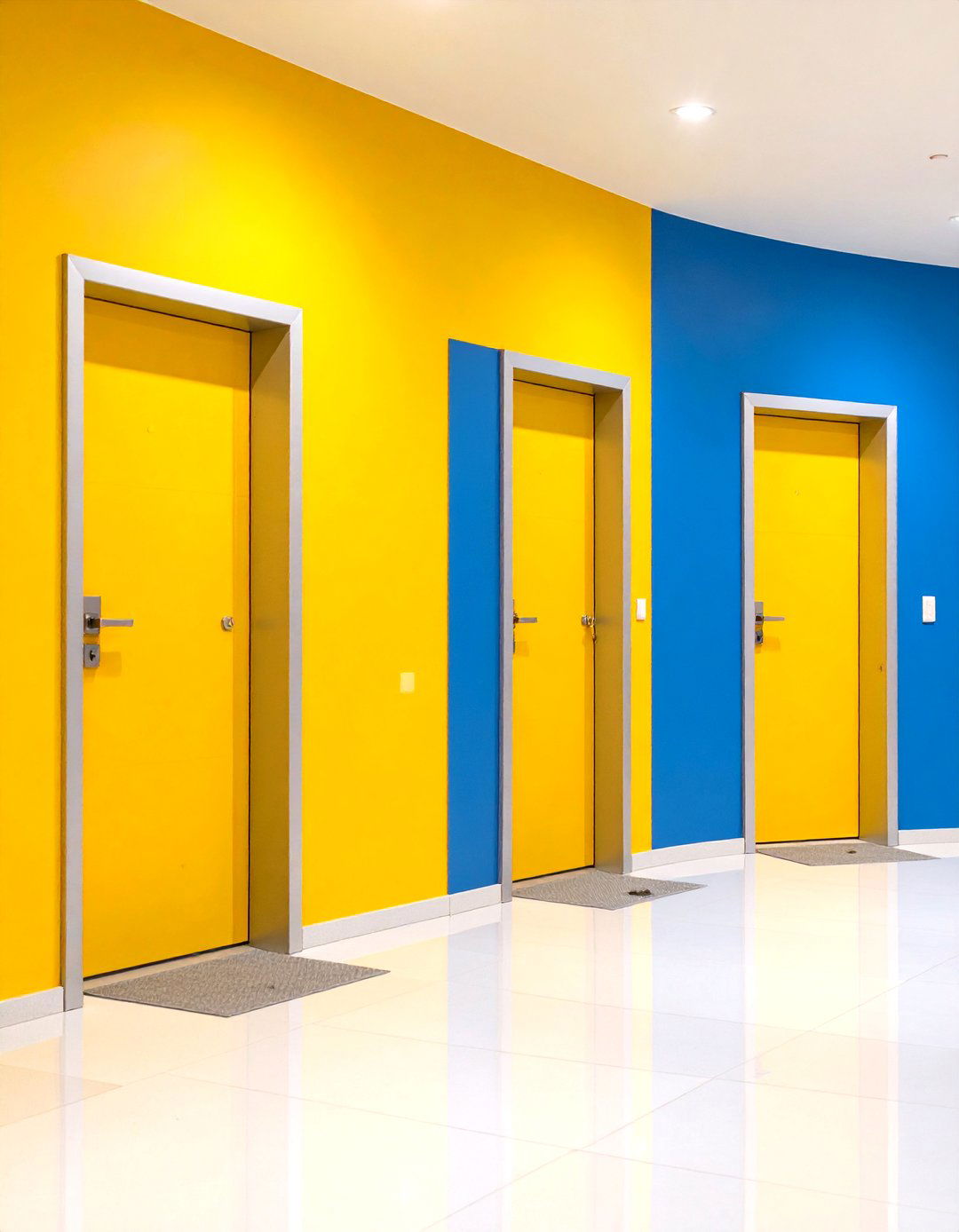
StepNpull’s ADA-compliant foot opener lets users exit hands-free, eliminating the “clean-hand dirty-handle” paradox after washing. It bolts to any latch-less door in minutes and costs under $40.
20. Personal Storage Hooks and Shelves
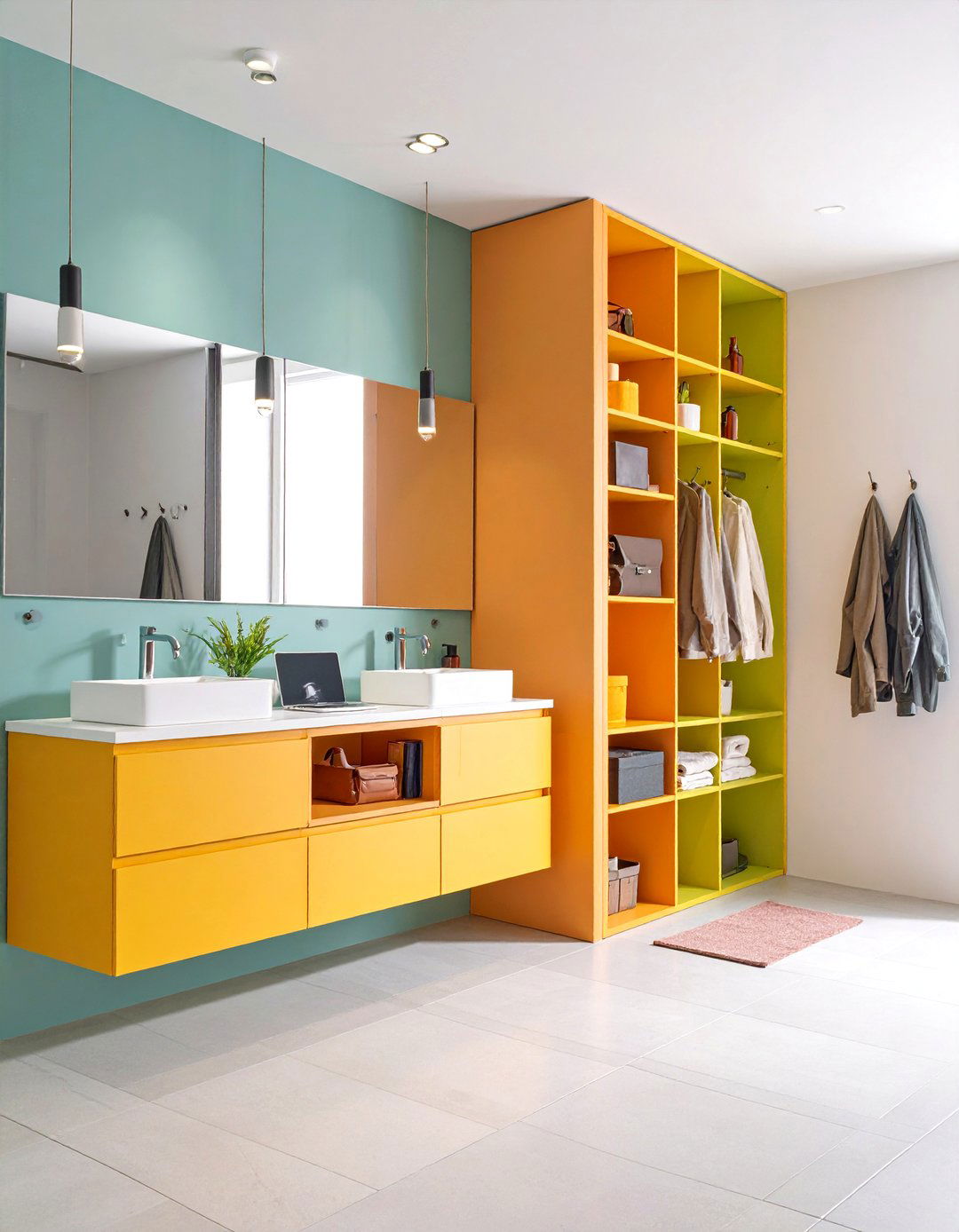
Simple shelf ledges or cubbies keep laptops dry and bags off wet floors, aligning with WELL’s storage-support requirement for each stall.
21. Seamless Epoxy or Urethane Floors
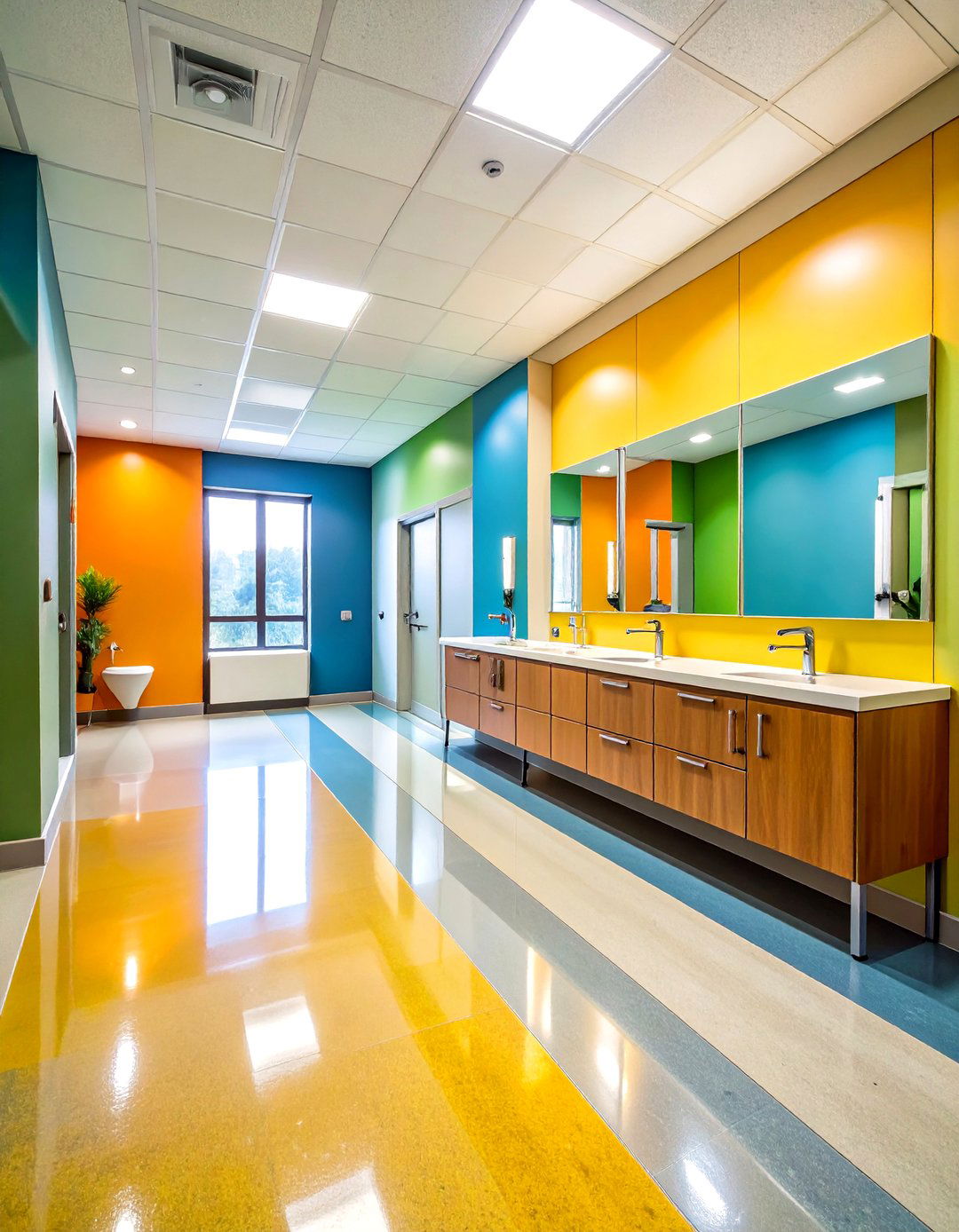
Non-porous antimicrobial floor coatings resist chemicals and allow quick mop-downs, a benefit highlighted by Kaloutas for high-traffic restrooms. Slip-resistant textures reduce accident claims.
22. Brand-Aligned, Calming Color Palettes

Ideal Home’s 2025 palette roundup shows warm neutrals and deep greens promote relaxation without feeling clinical — perfect for an office bathroom reset zone. Tie accent colors to corporate branding for subtle cohesion.
23. IoT-Powered Supply Monitoring
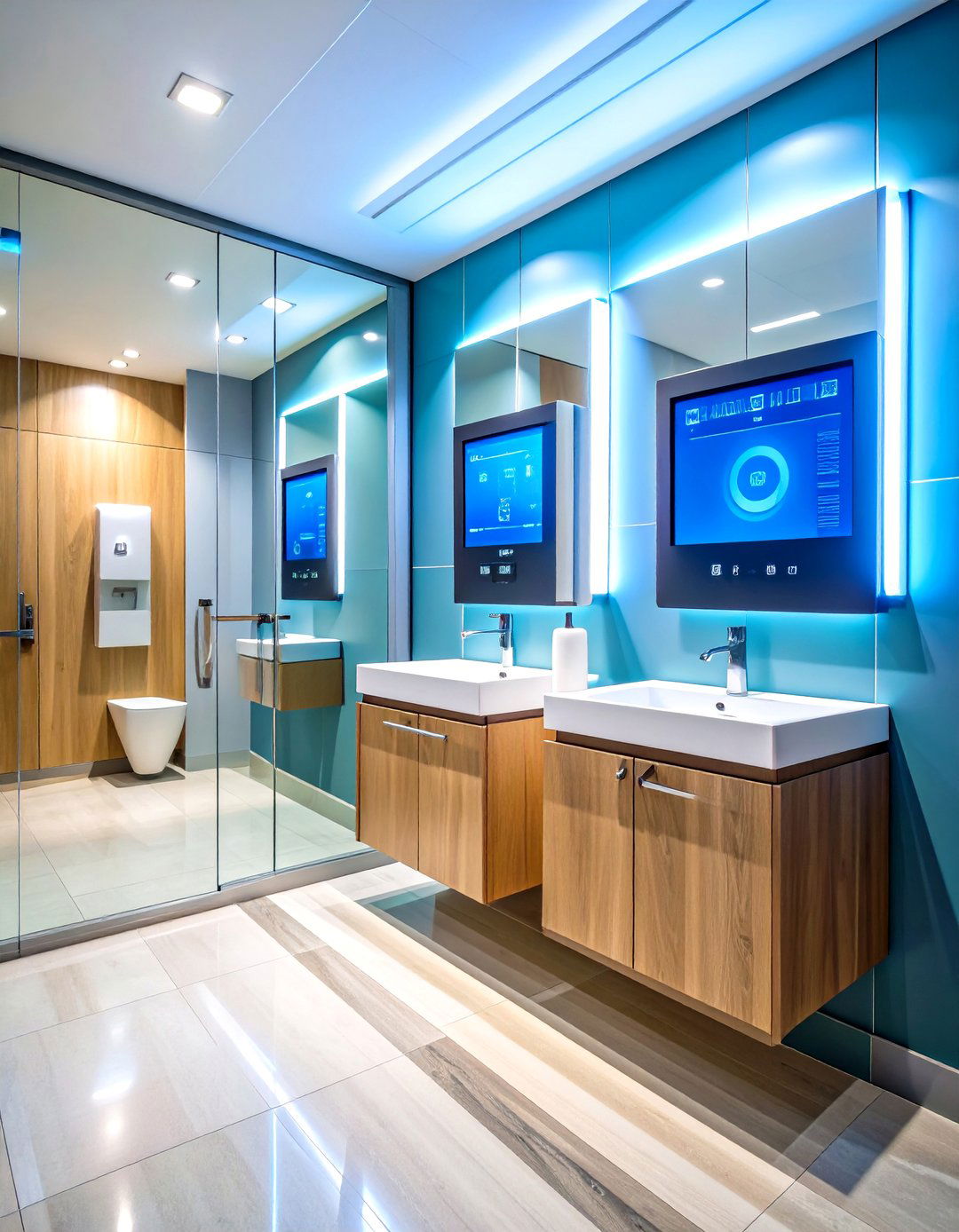
Smart dispensers measure soap and paper levels, pinging janitorial apps before stockouts. VergeSense notes IoT analytics can even schedule refills based on true usage, reducing waste and labor.
24. Feedback Tablets for Continuous Improvement

Small touchscreens outside the office bathroom let users rate cleanliness in two taps. Live dashboards nudge cleaning crews toward data-driven priority zones and build trust through visible responsiveness.
25. Public Cleaning-Schedule Display
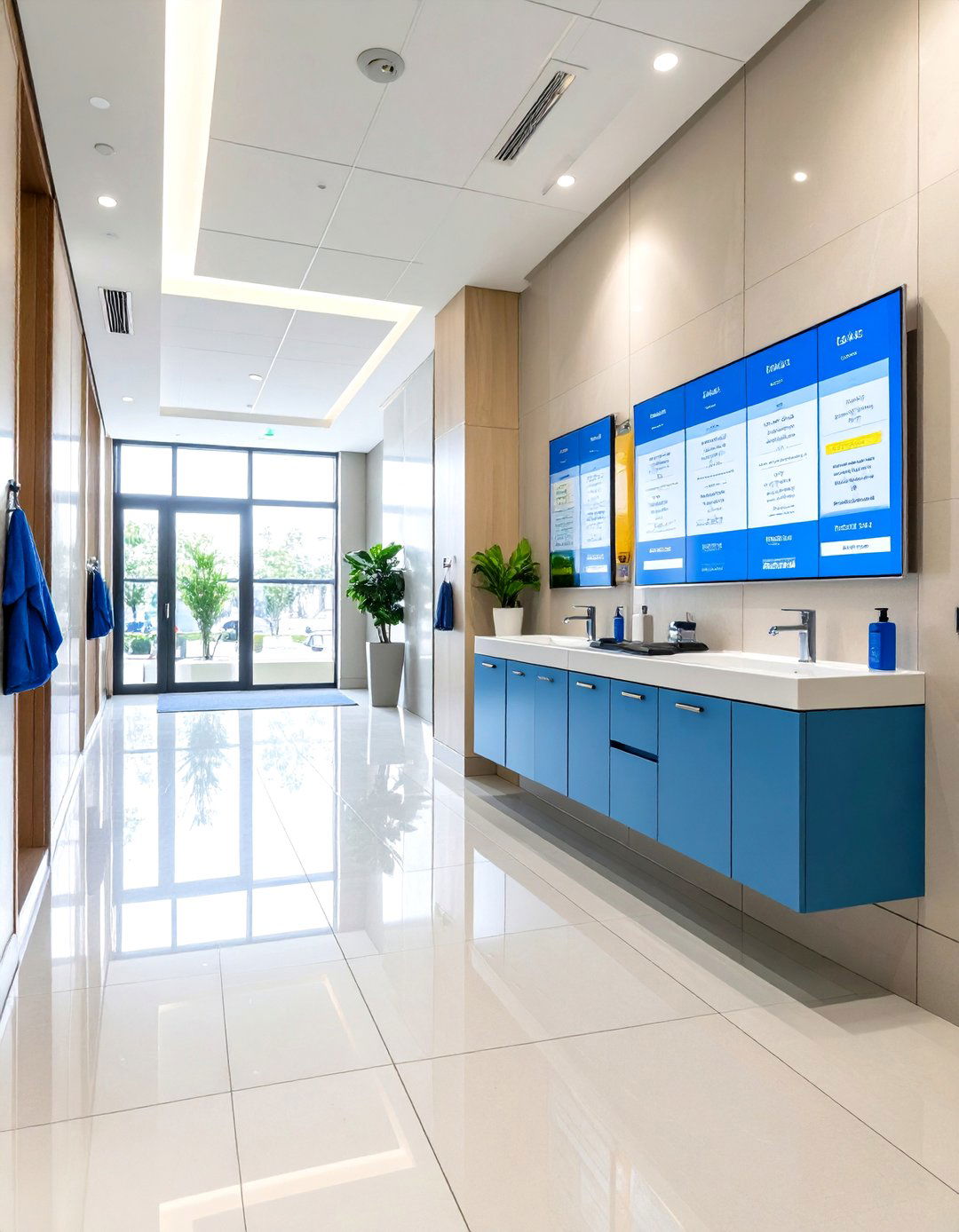
Posting or digitizing a restroom-cleaning log signals accountability; Enviro-Master says visible logs make programs easier to implement and reassure occupants their health is taken seriously.
Conclusion:
Reimagining an office bathroom is less about marble and more about empathy, science, and smart resource use. Inclusive layouts, touchless tech, efficient fixtures, and transparent cleaning routines collectively foster wellness, cut utilities, and uphold brand reputation. Treat your next restroom upgrade as a strategic investment in people — you’ll see the payback in happier employees, fewer sick days, and a workspace that quietly proves how much your organization cares.


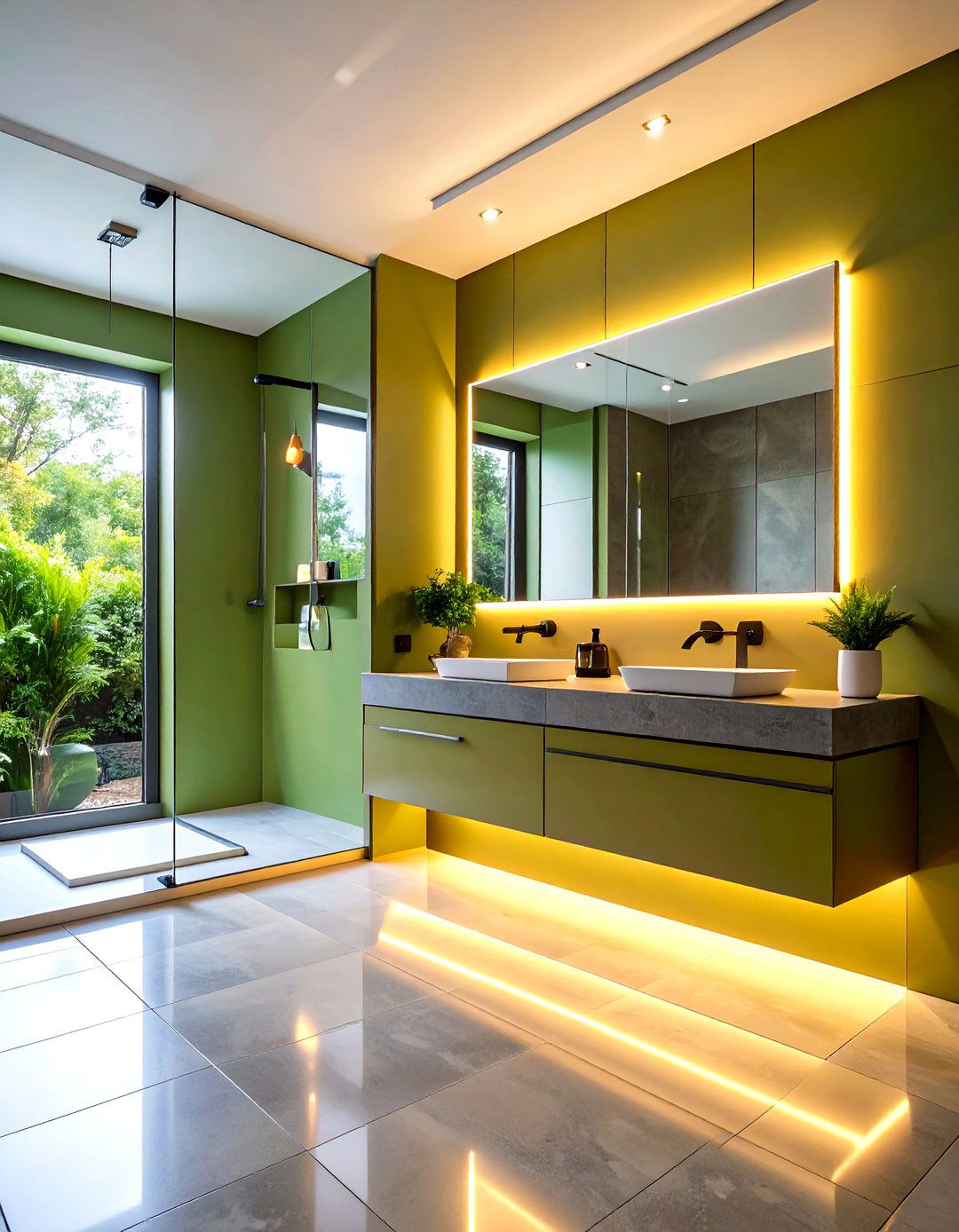

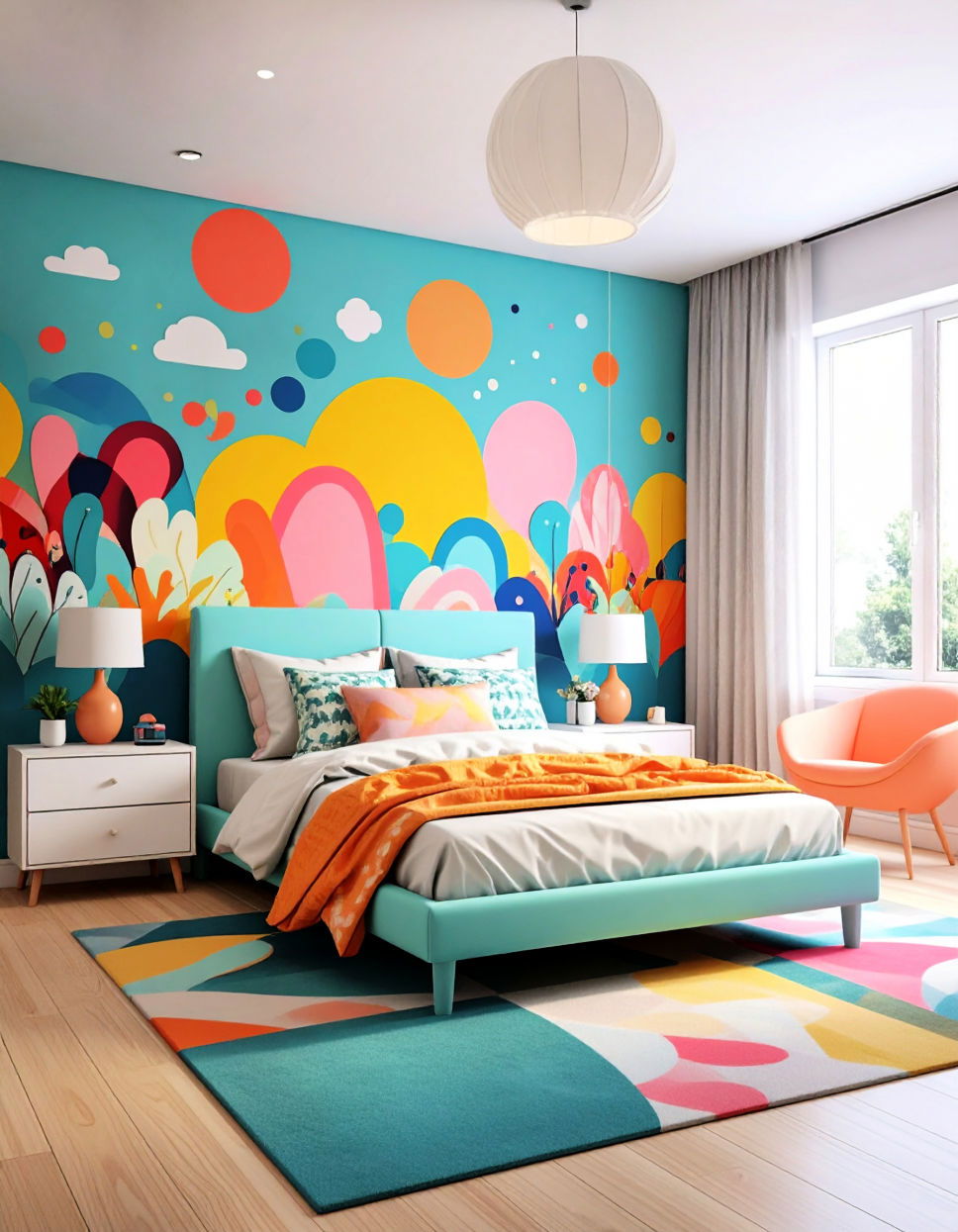
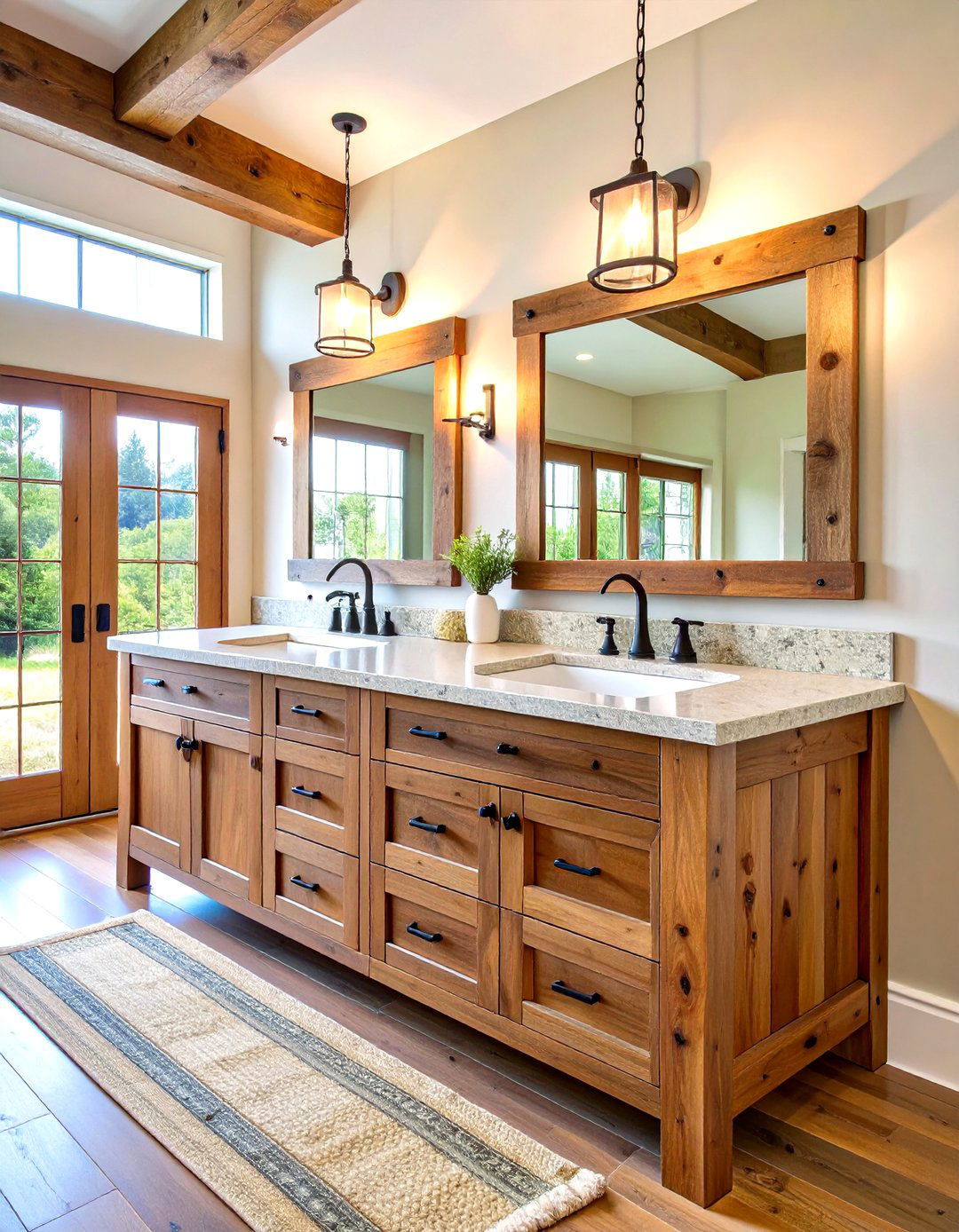
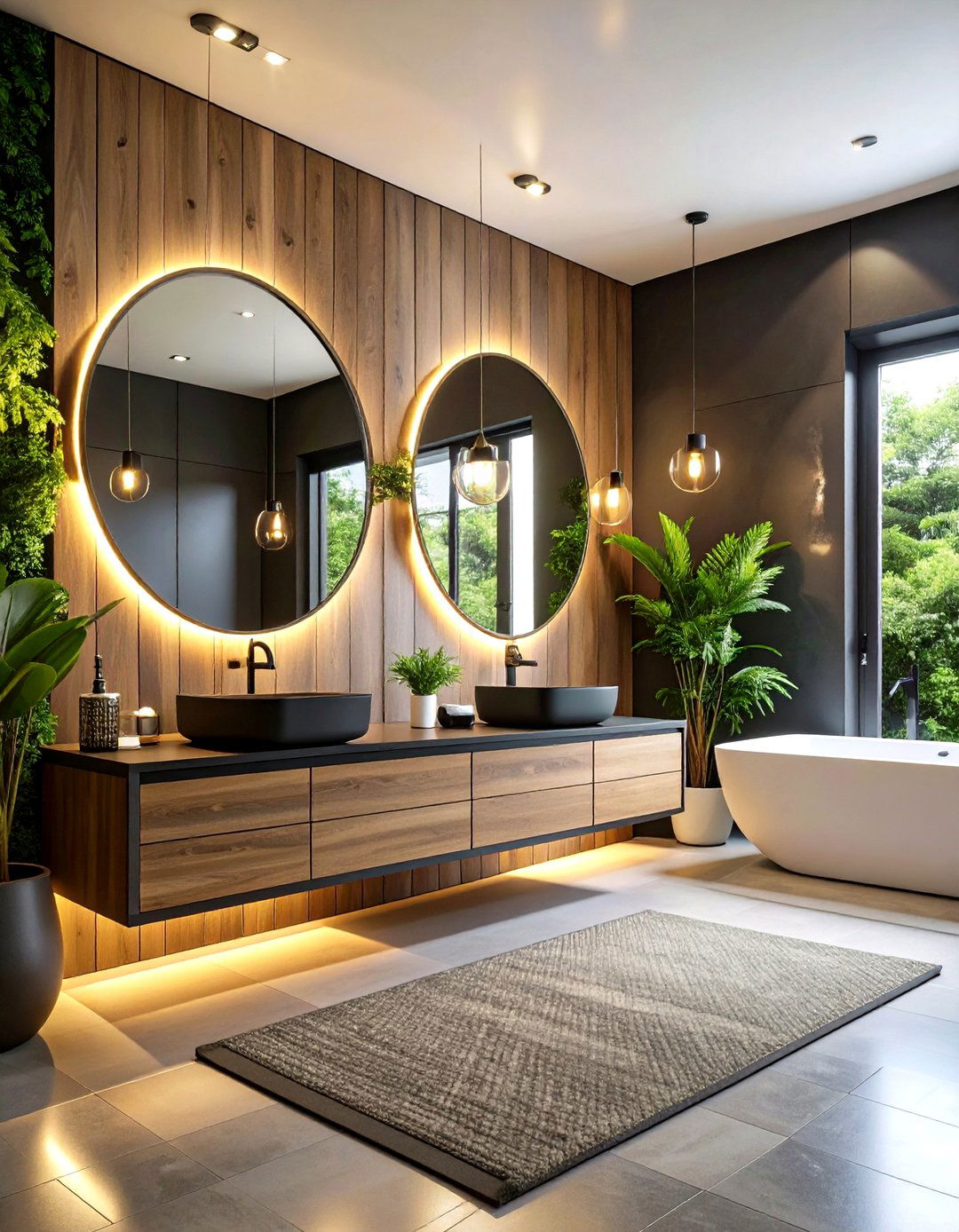
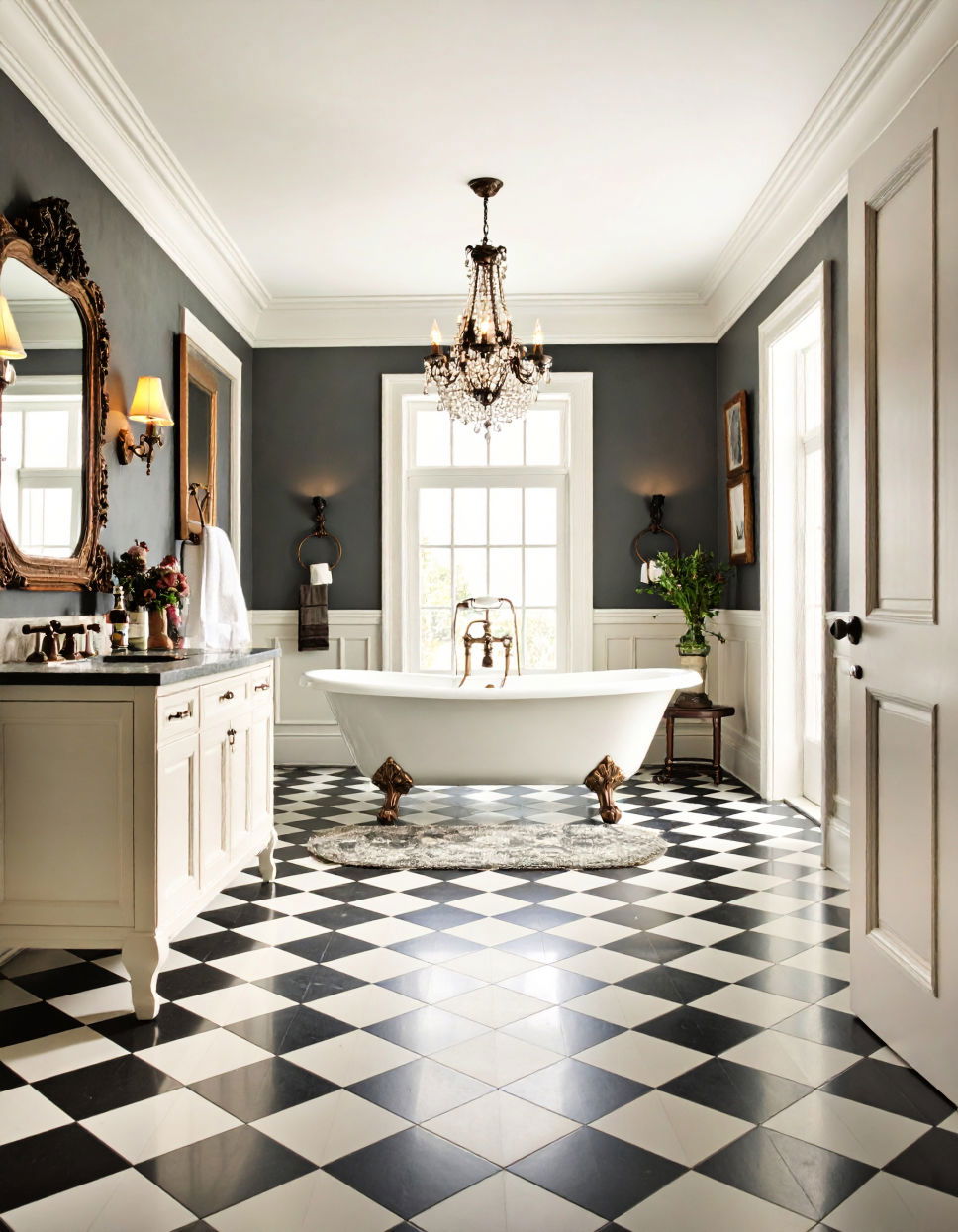
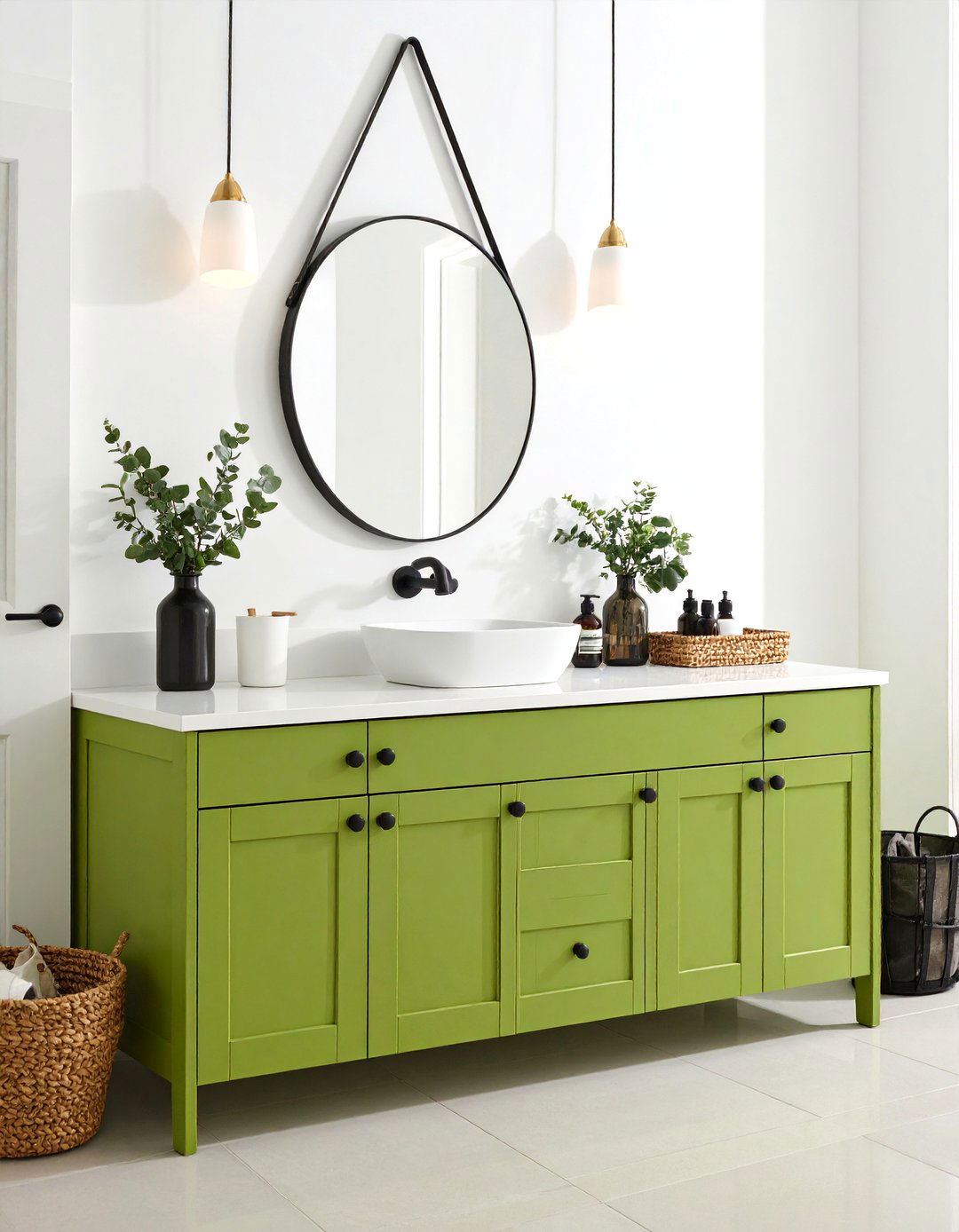
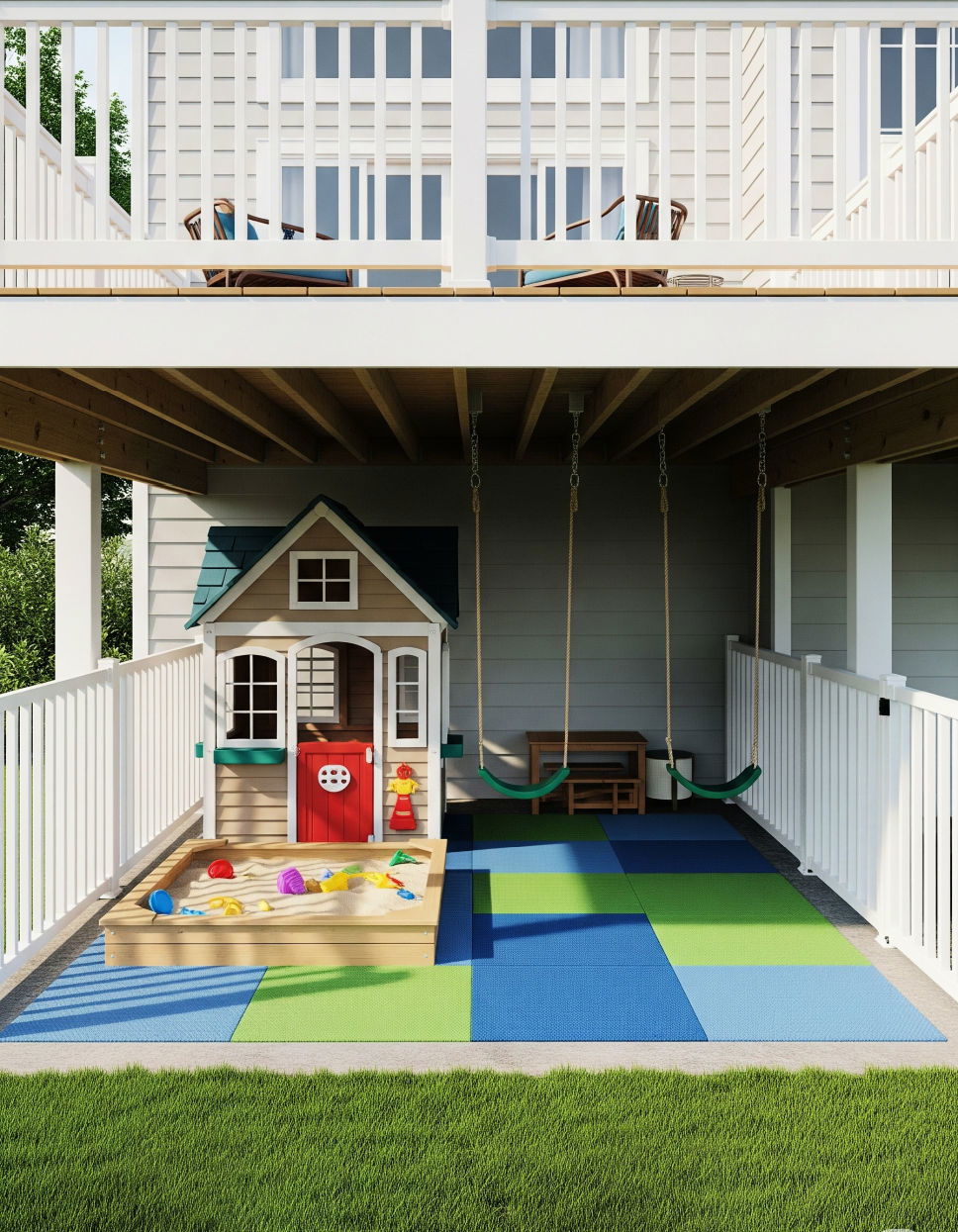
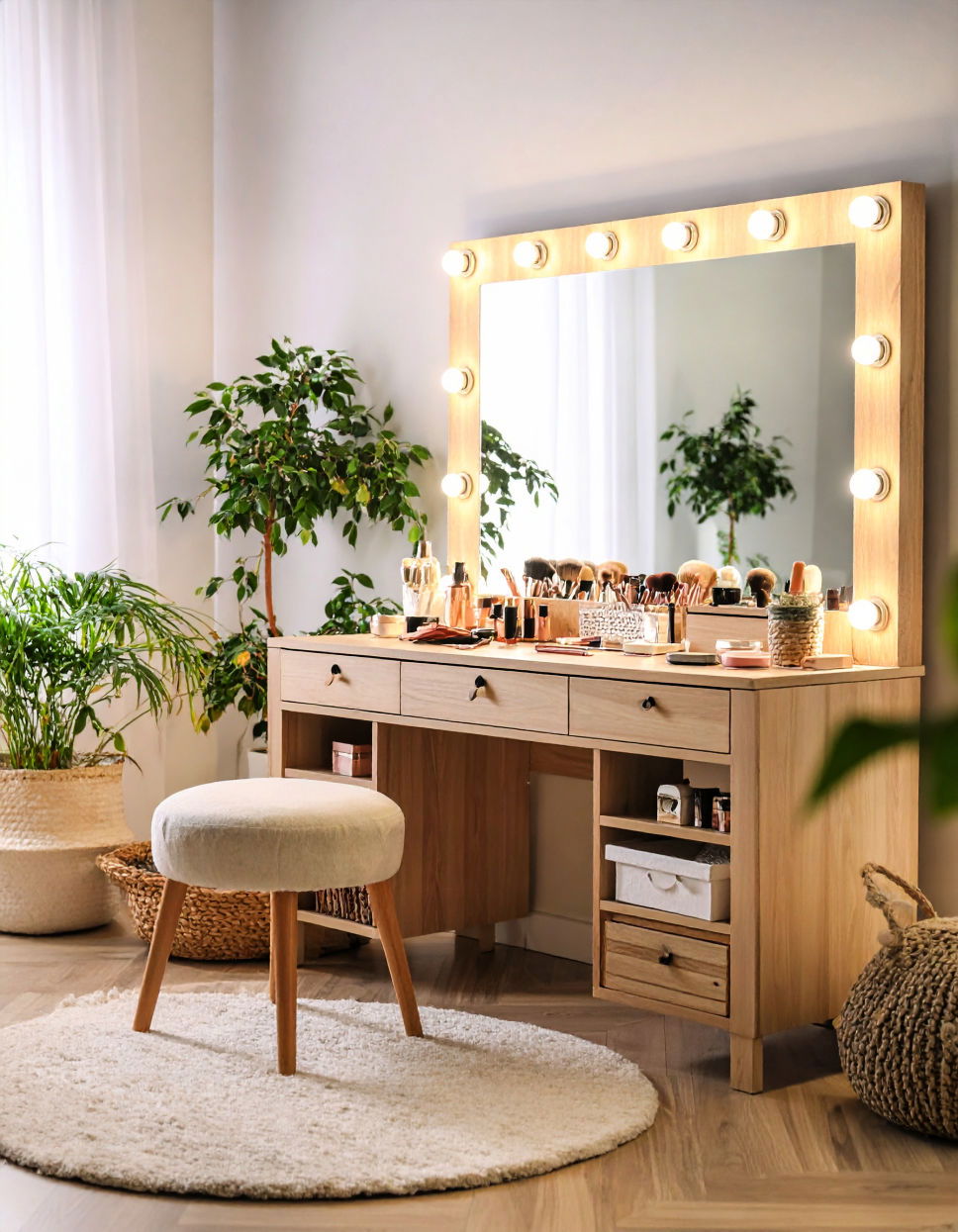
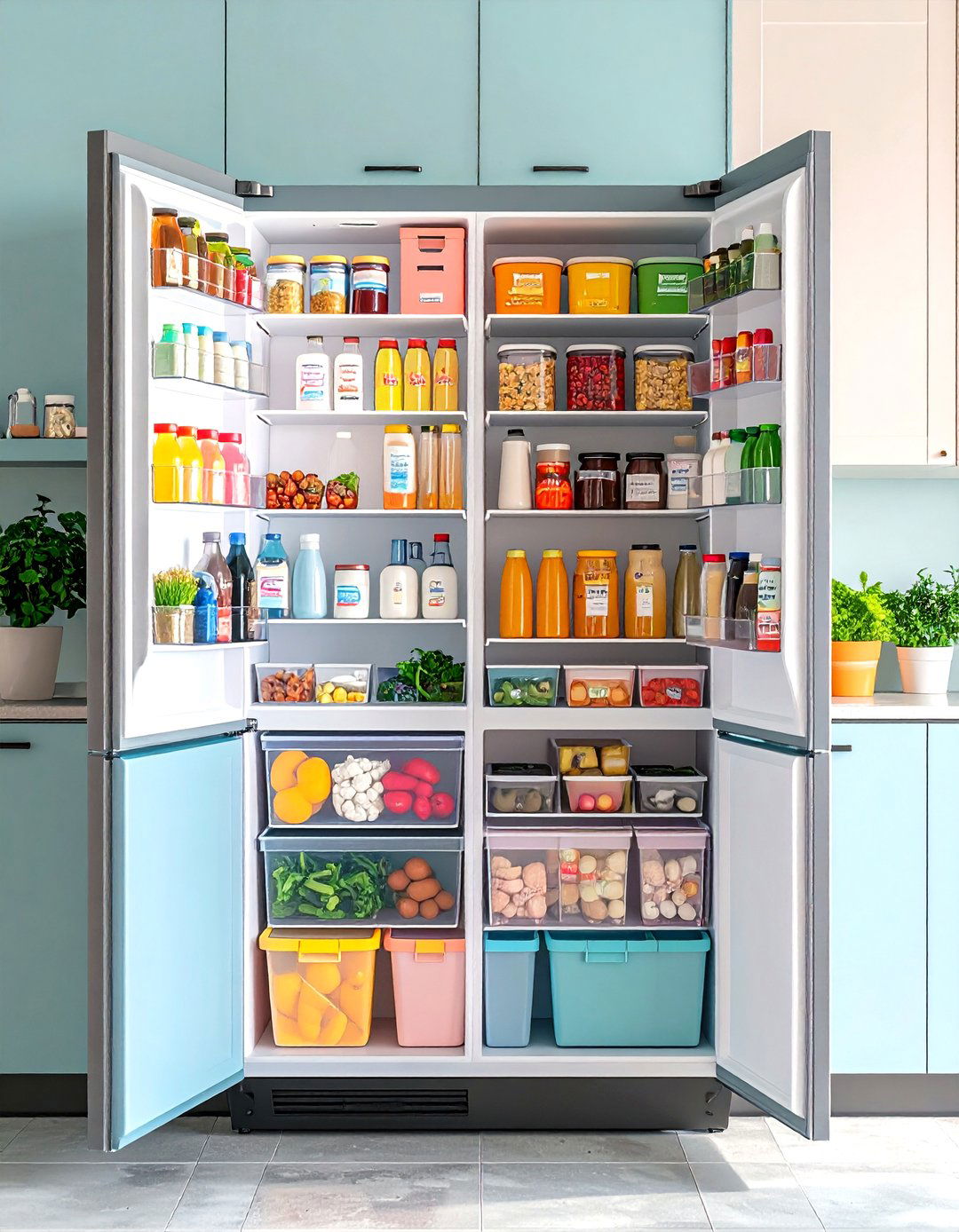


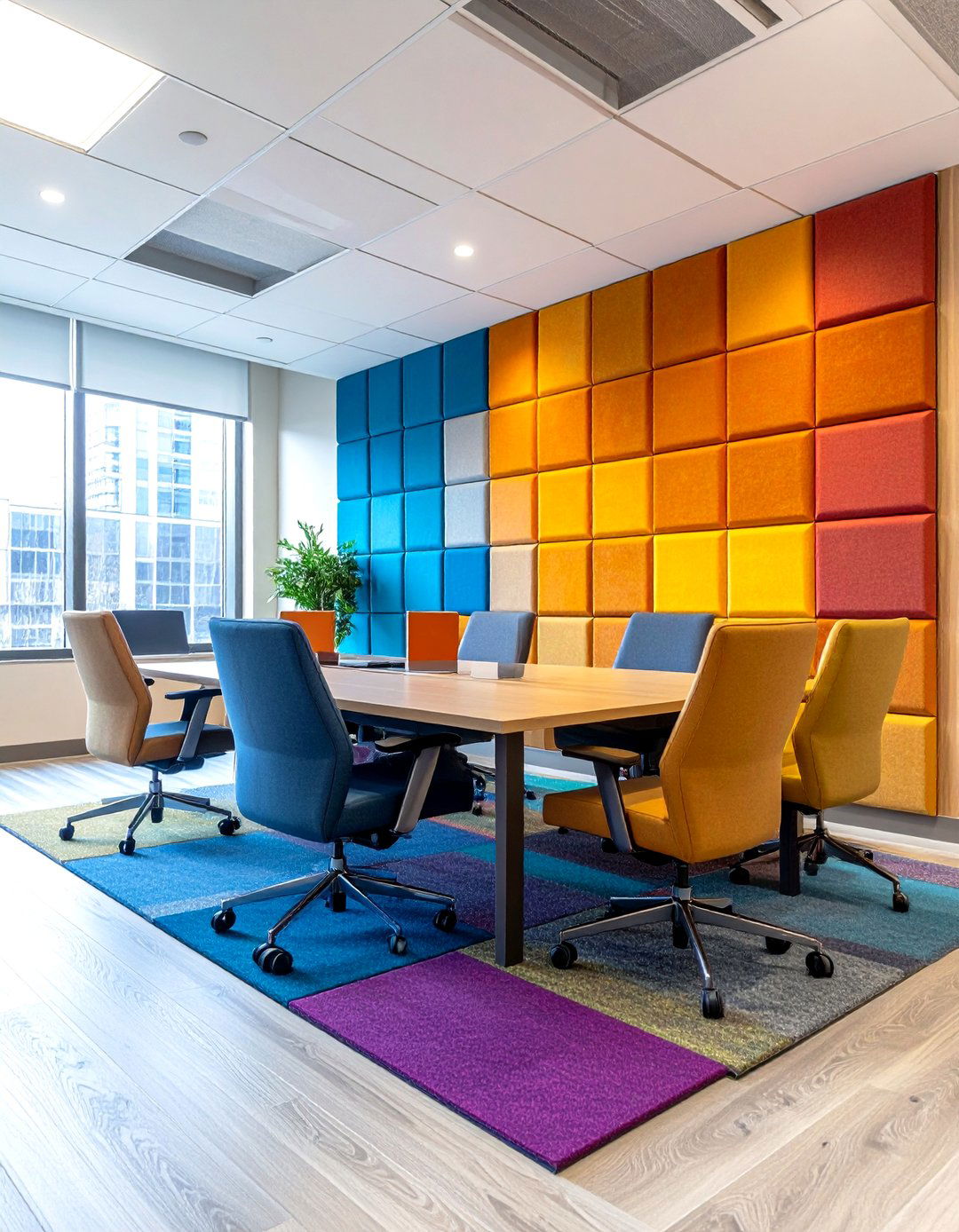
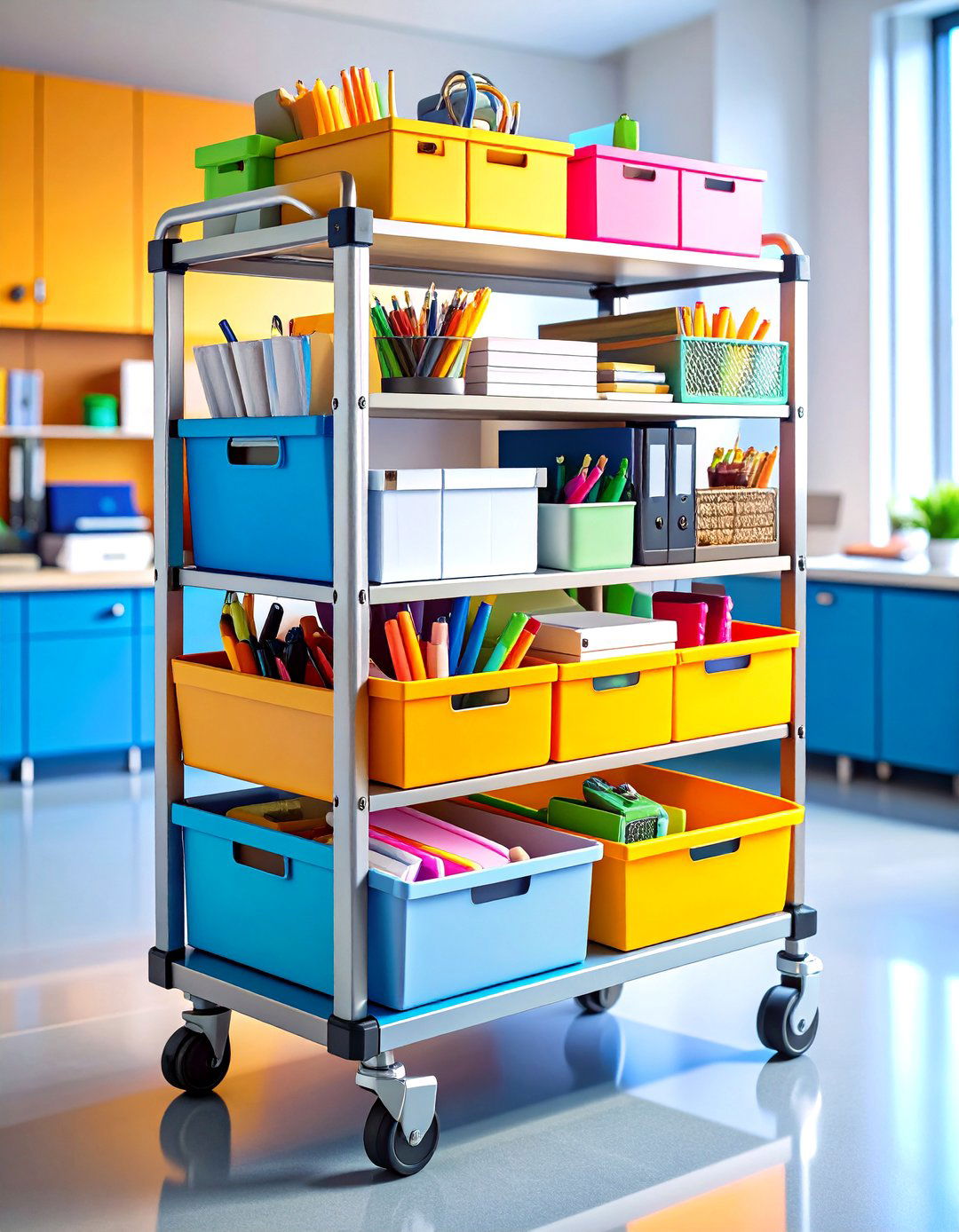
Leave a Reply